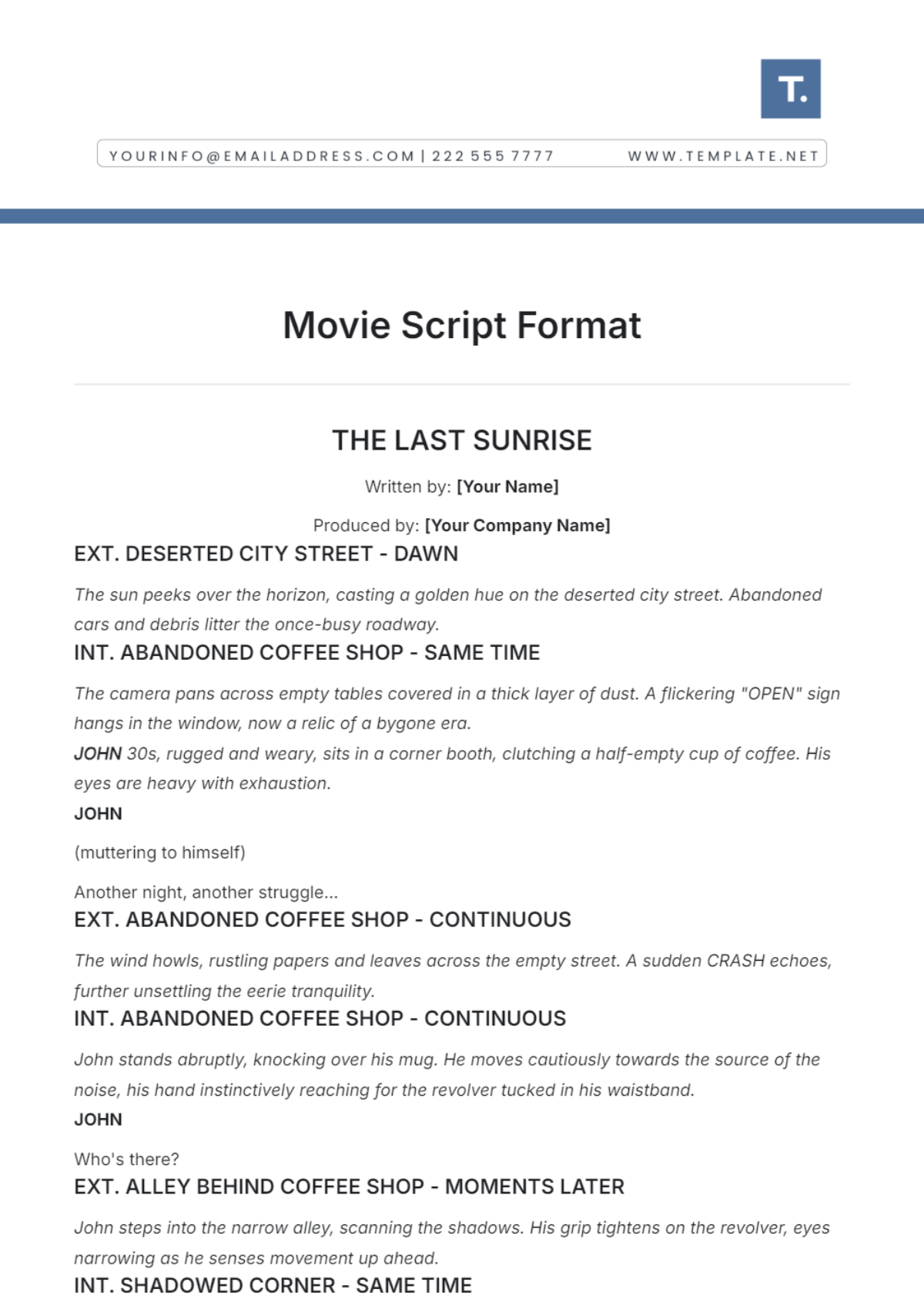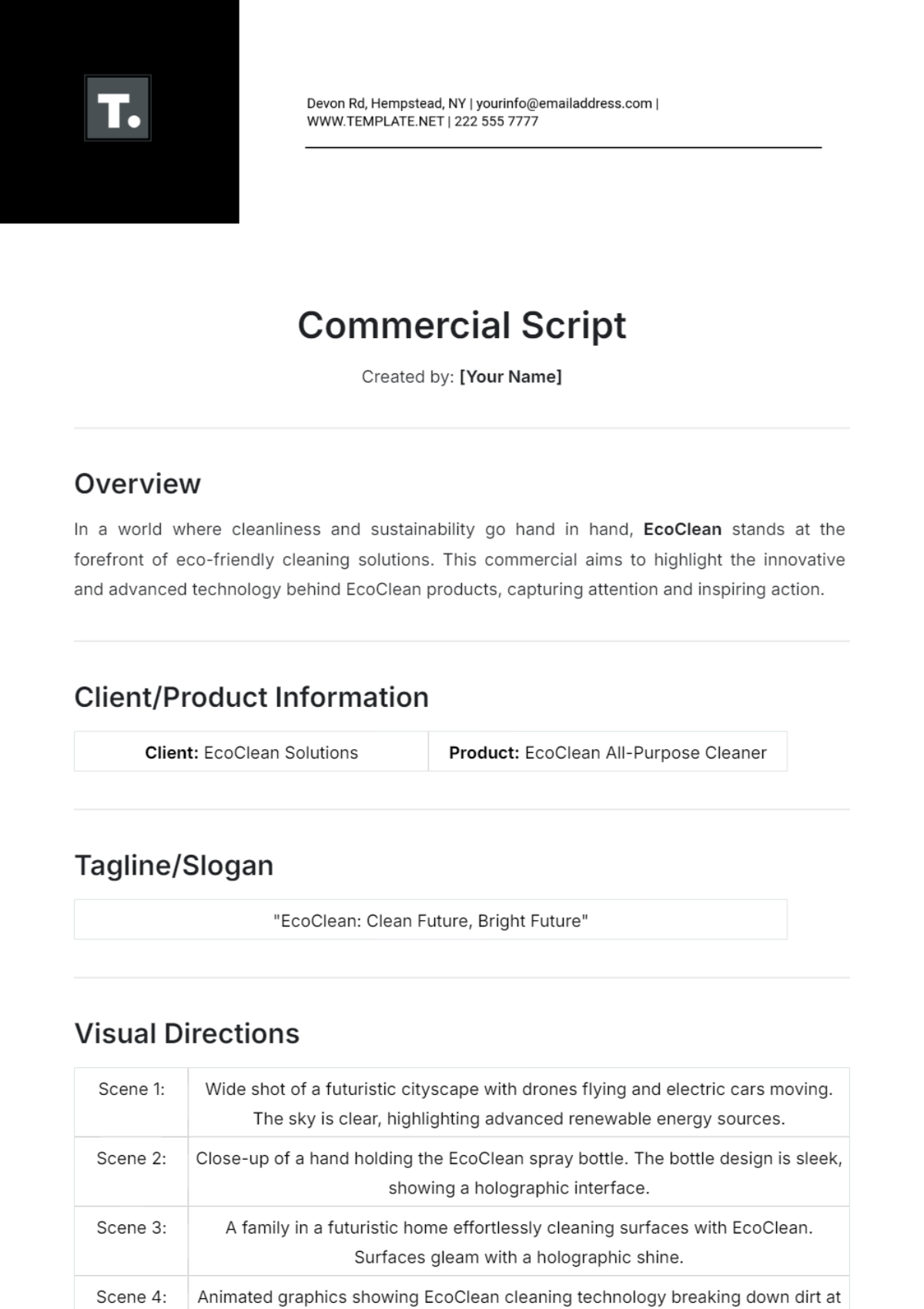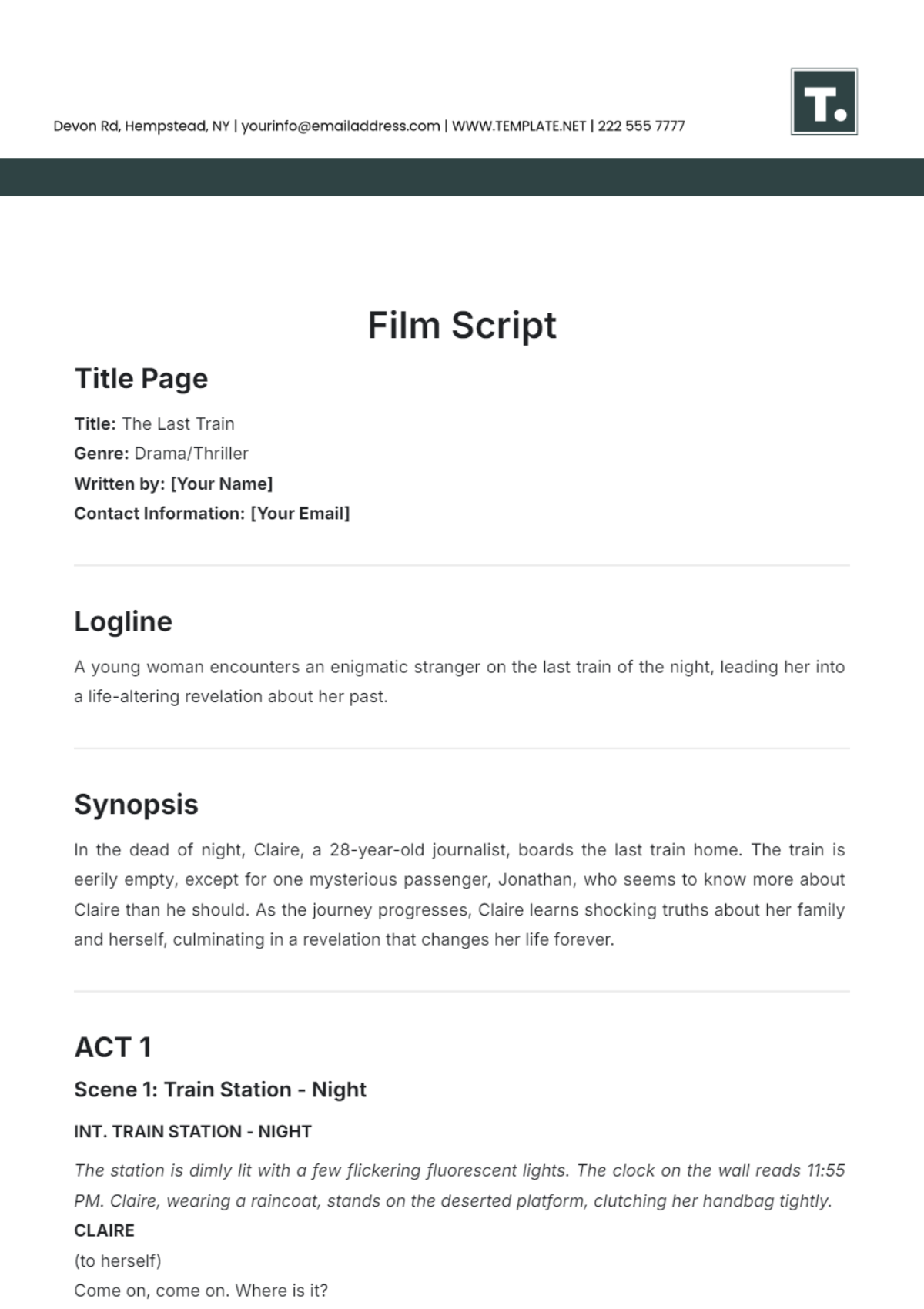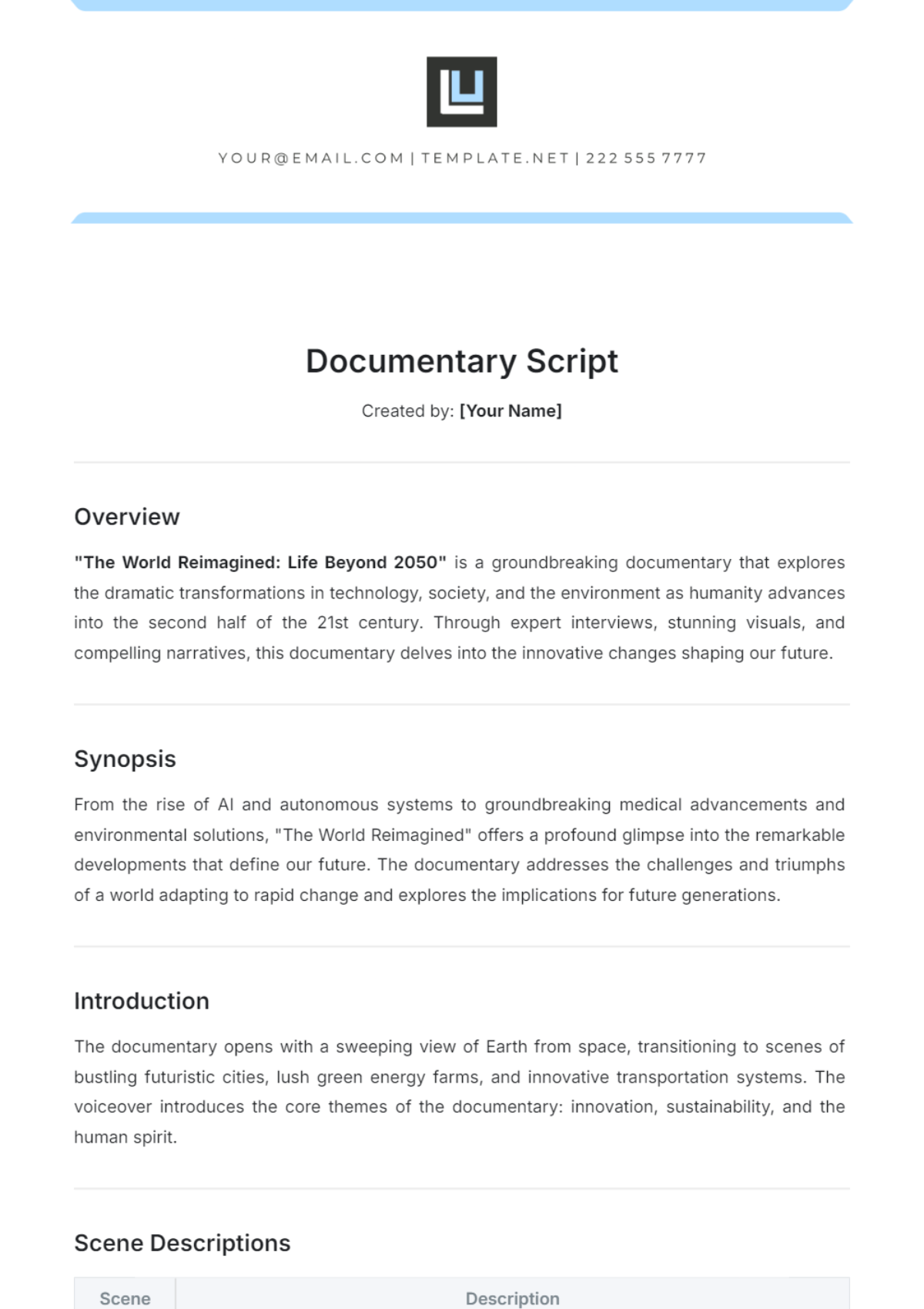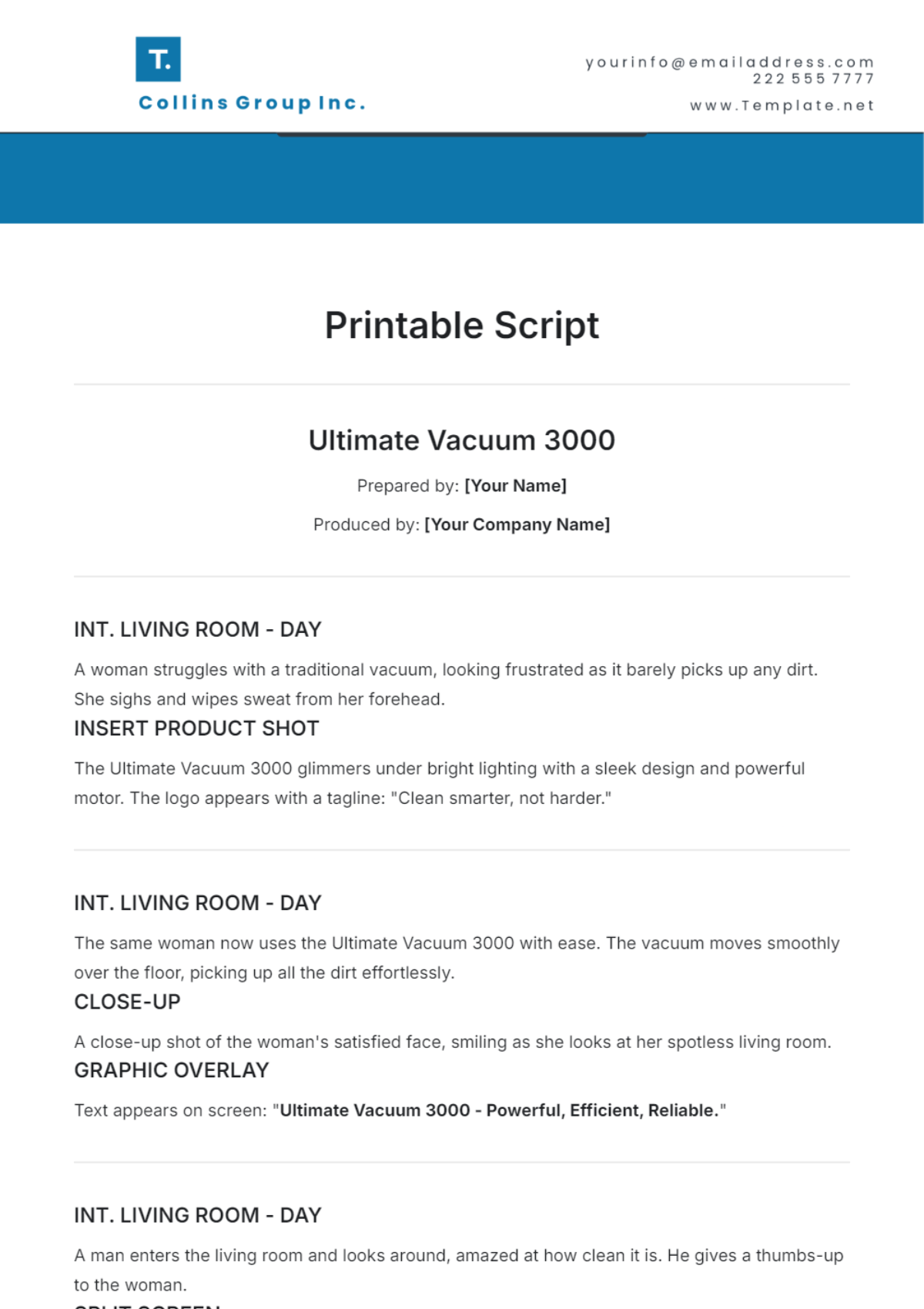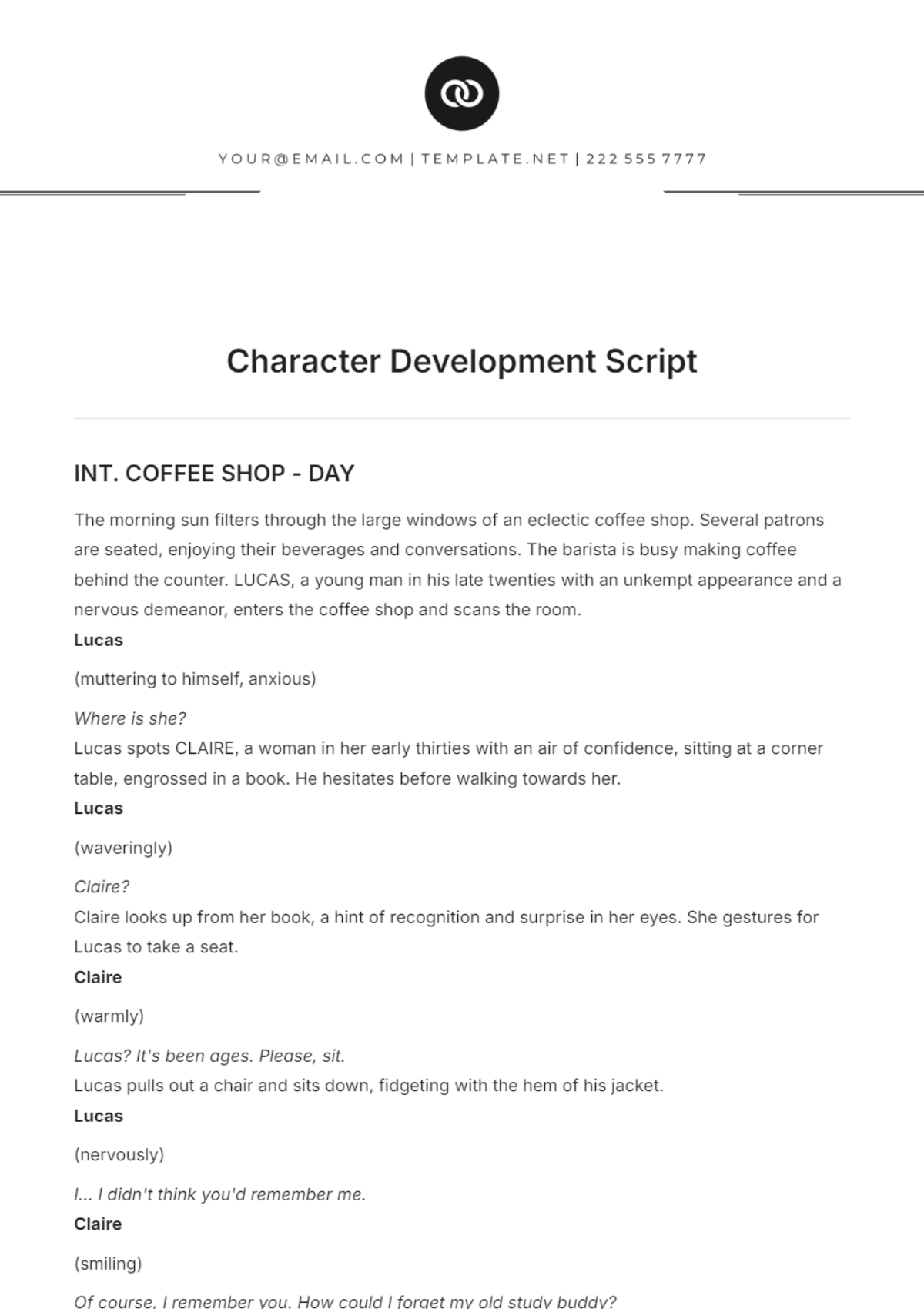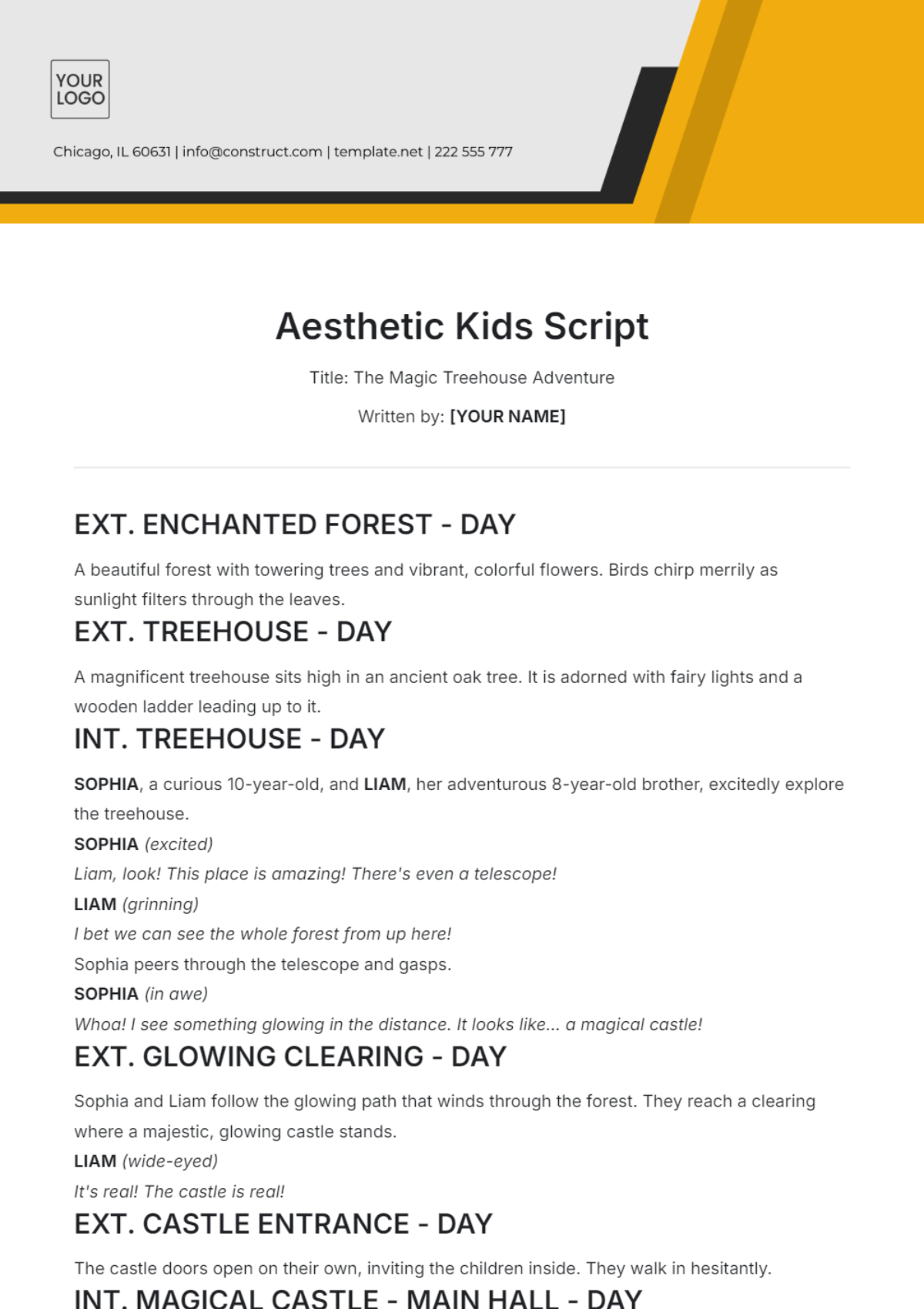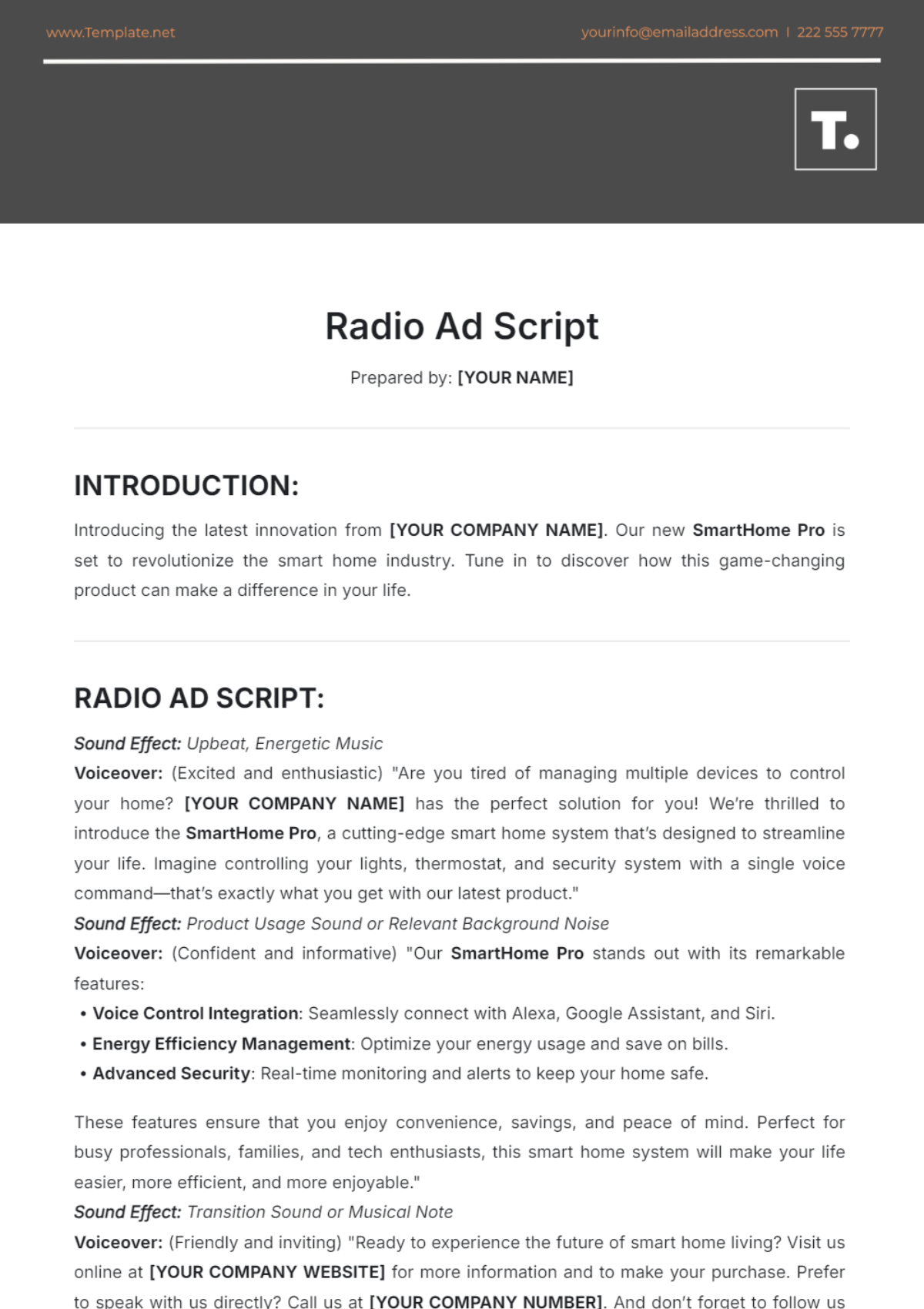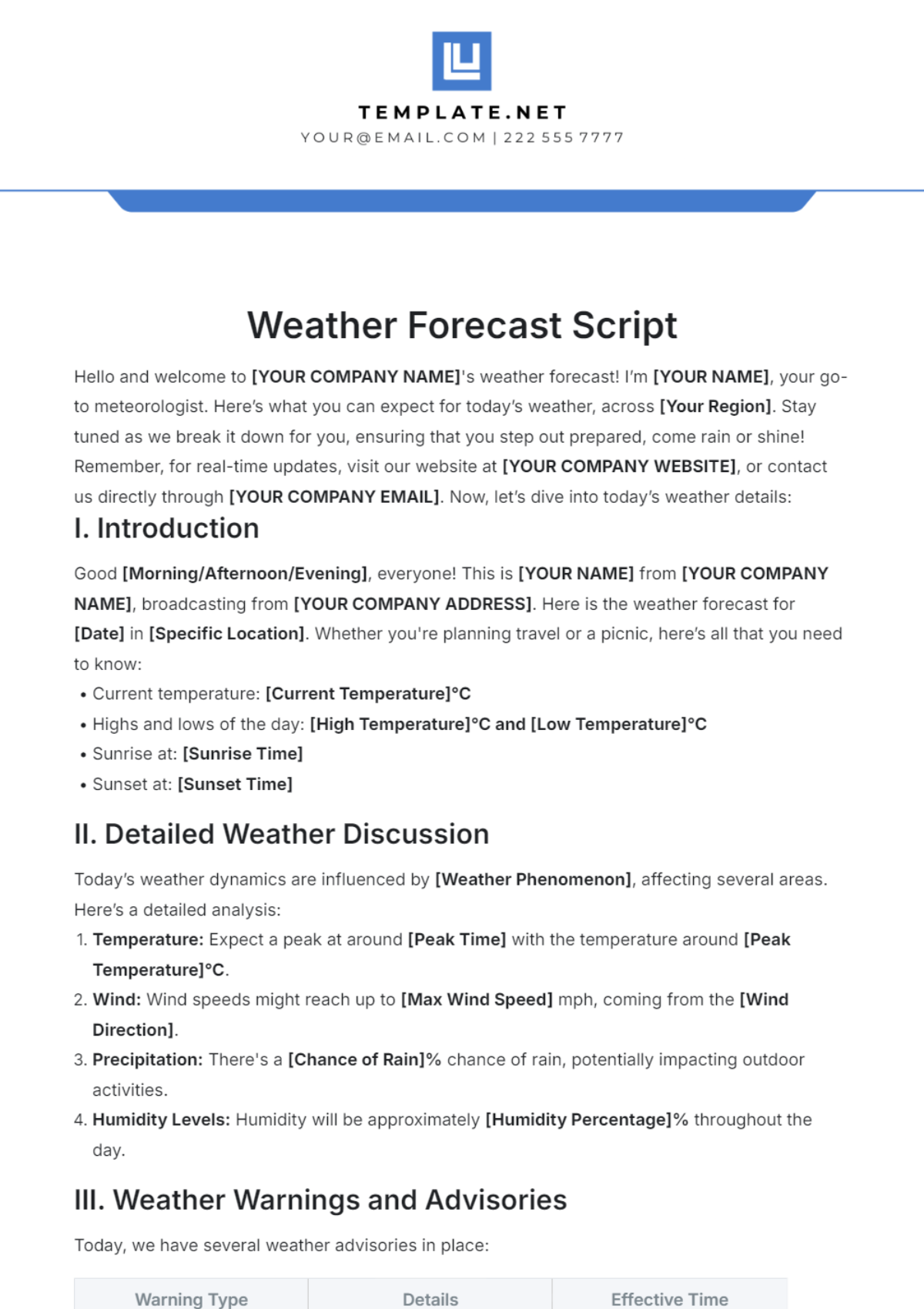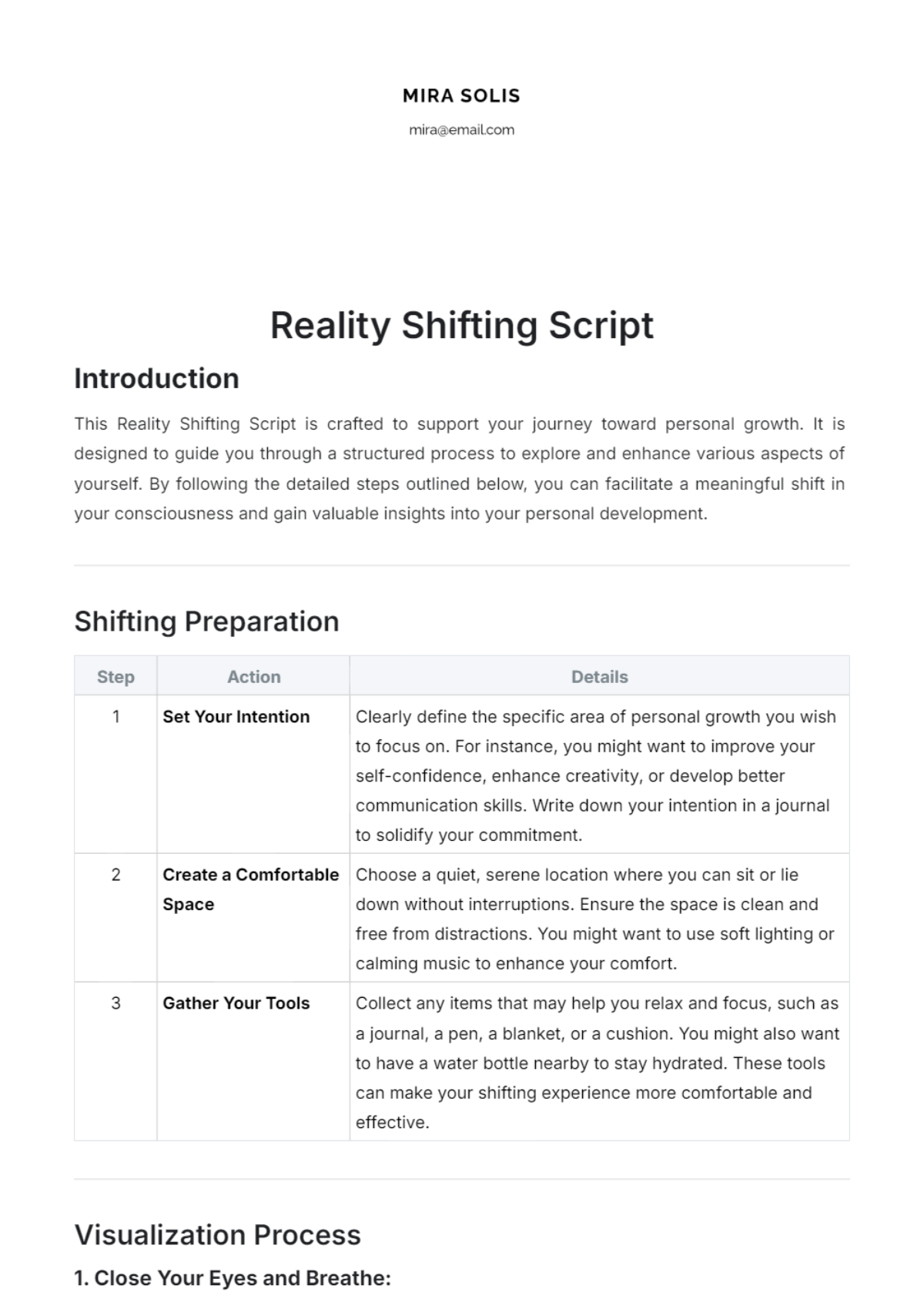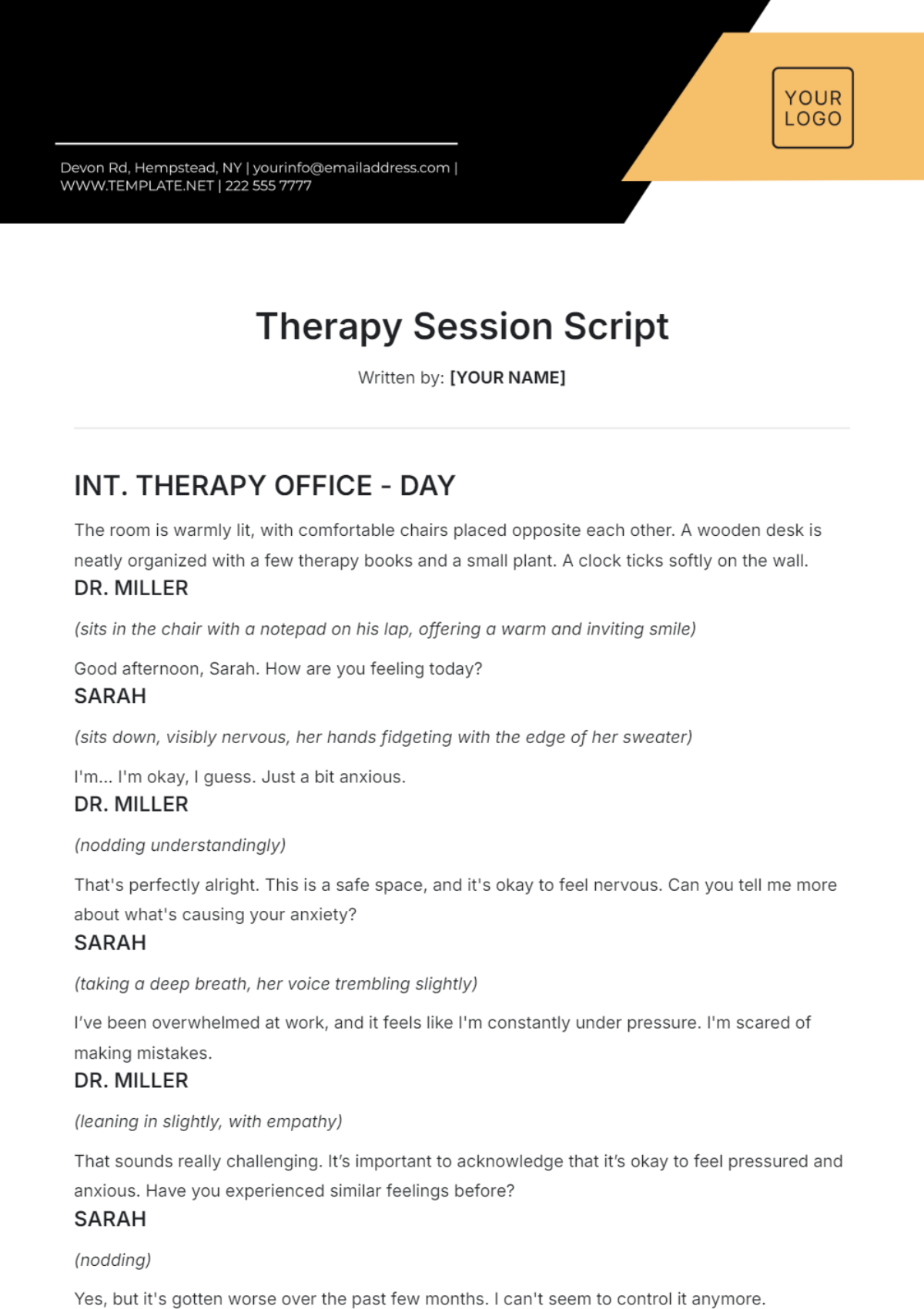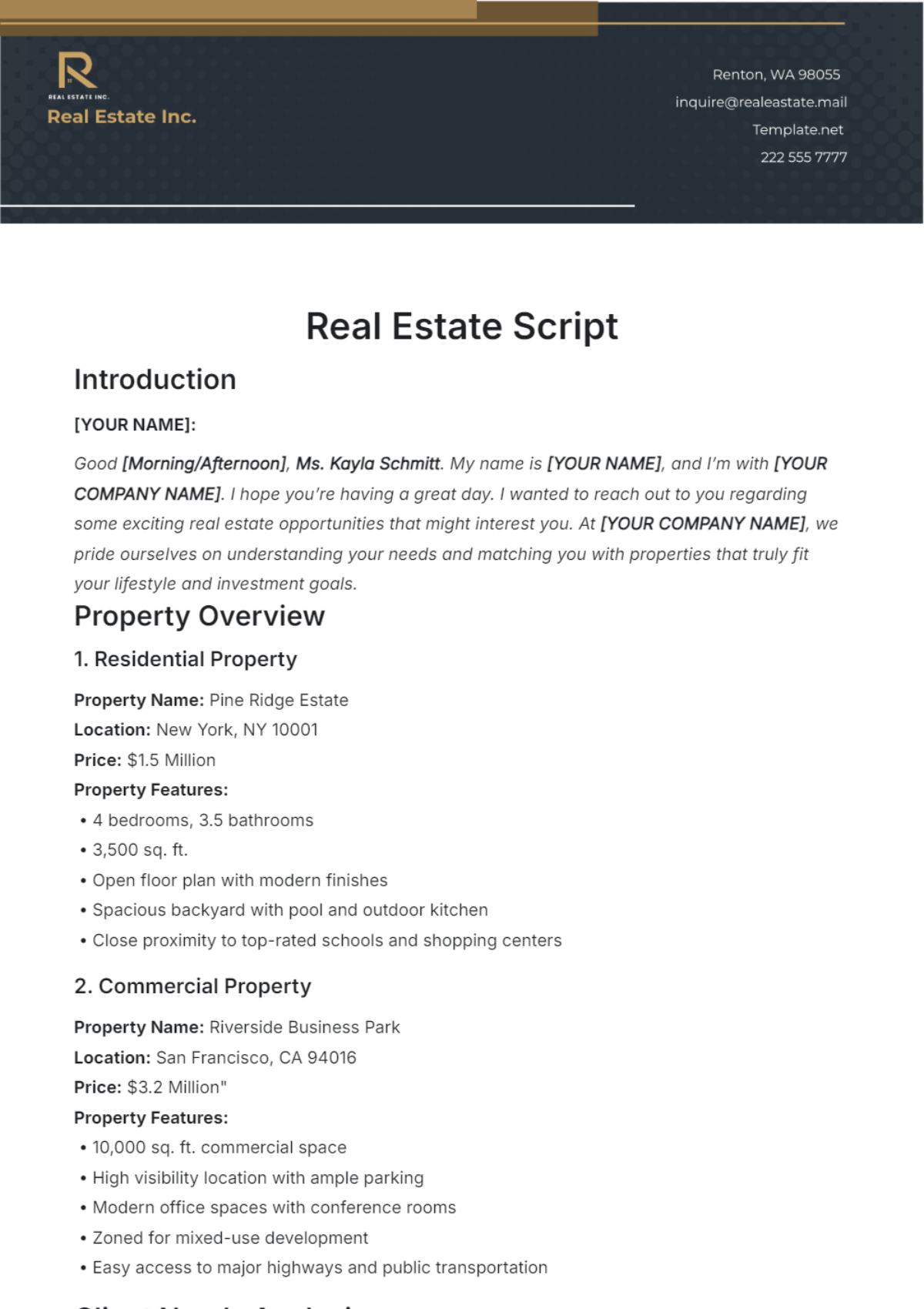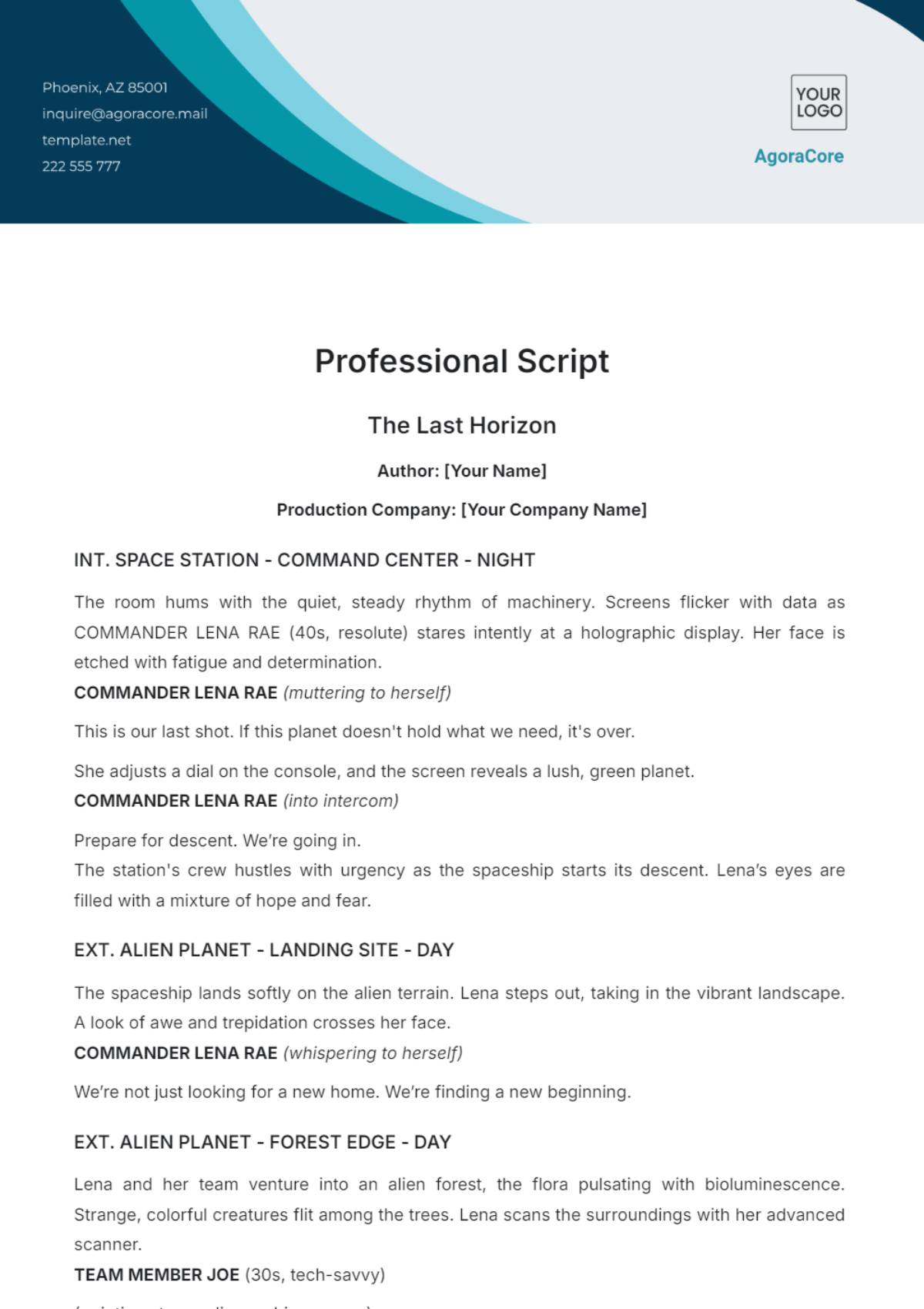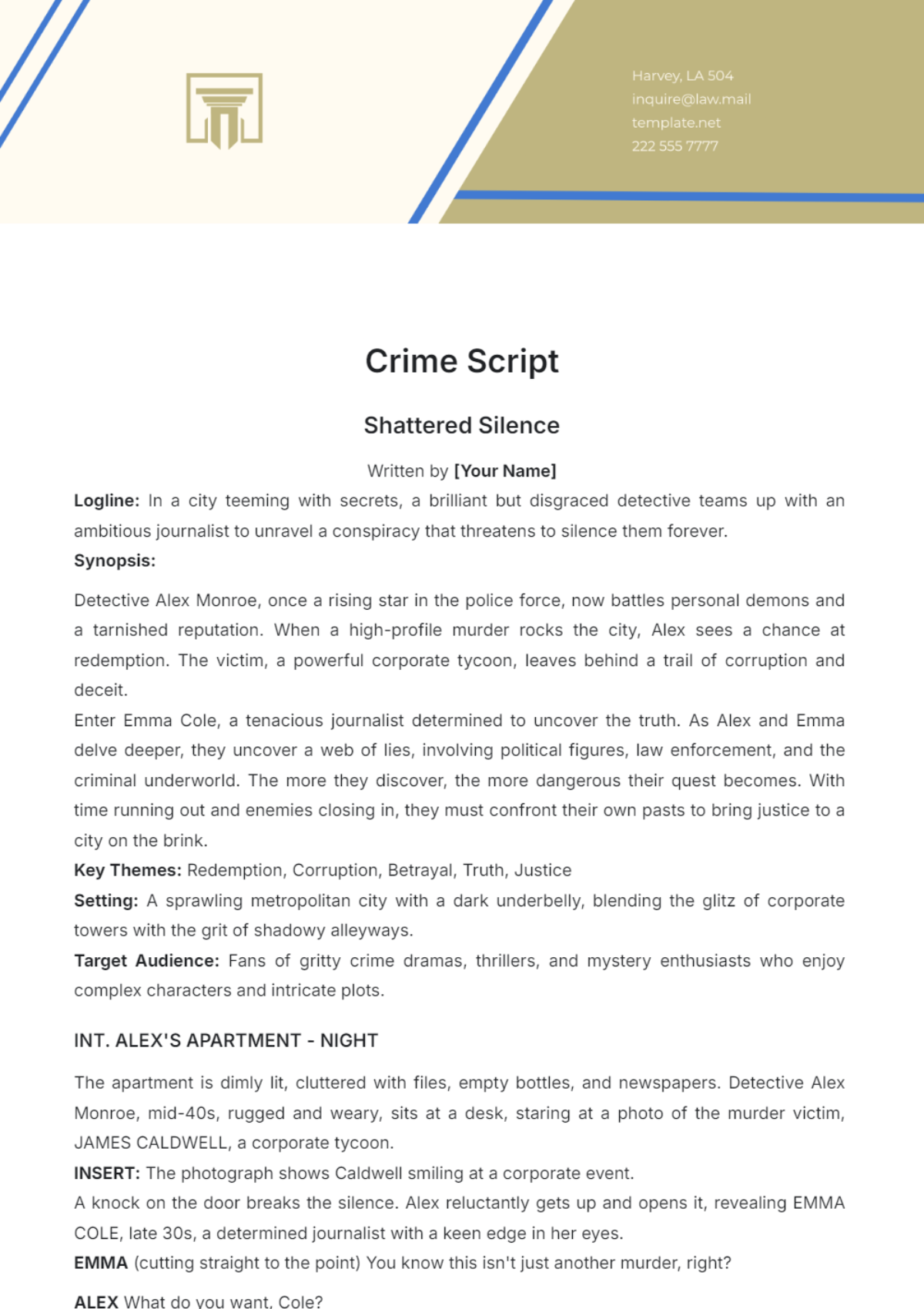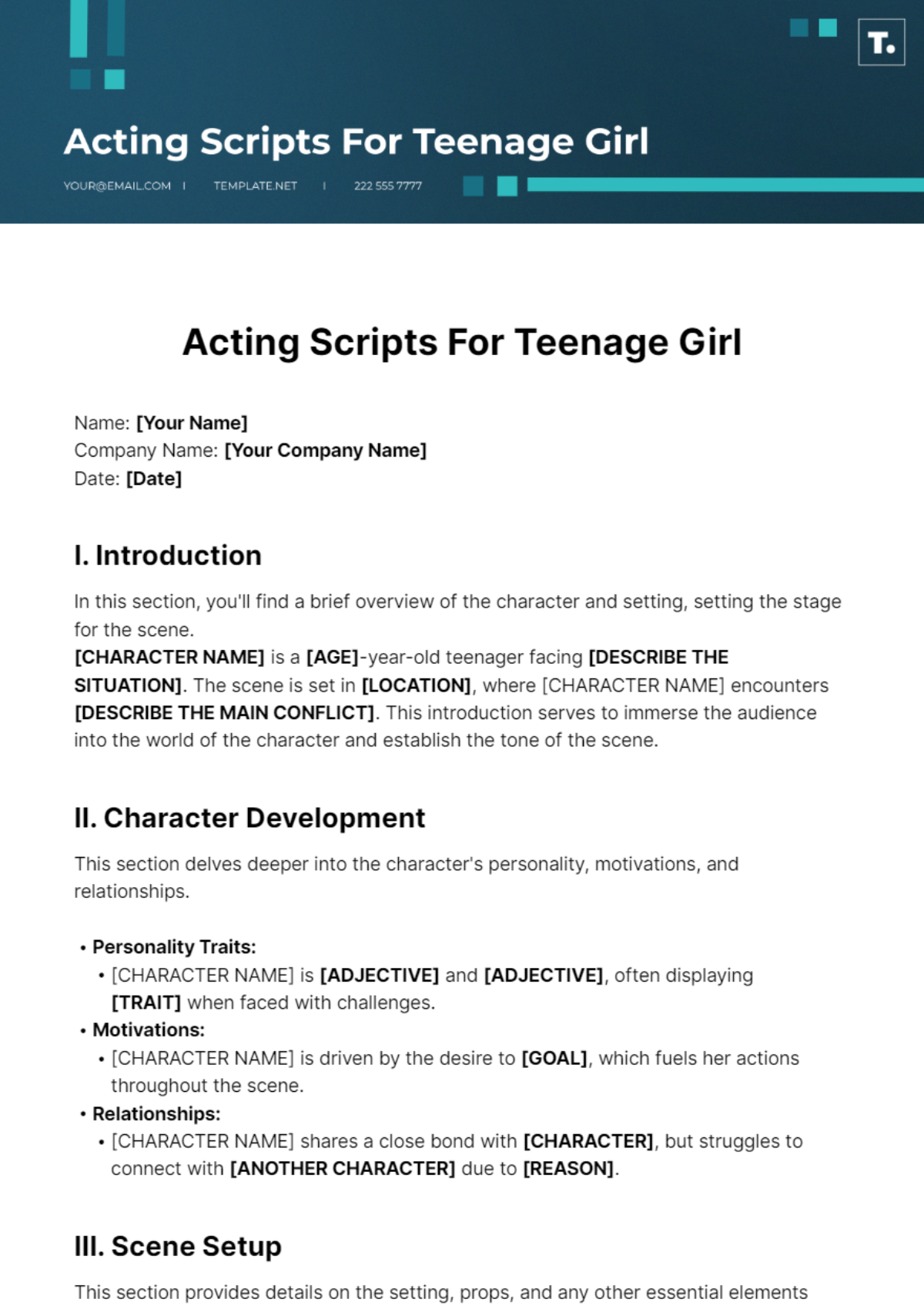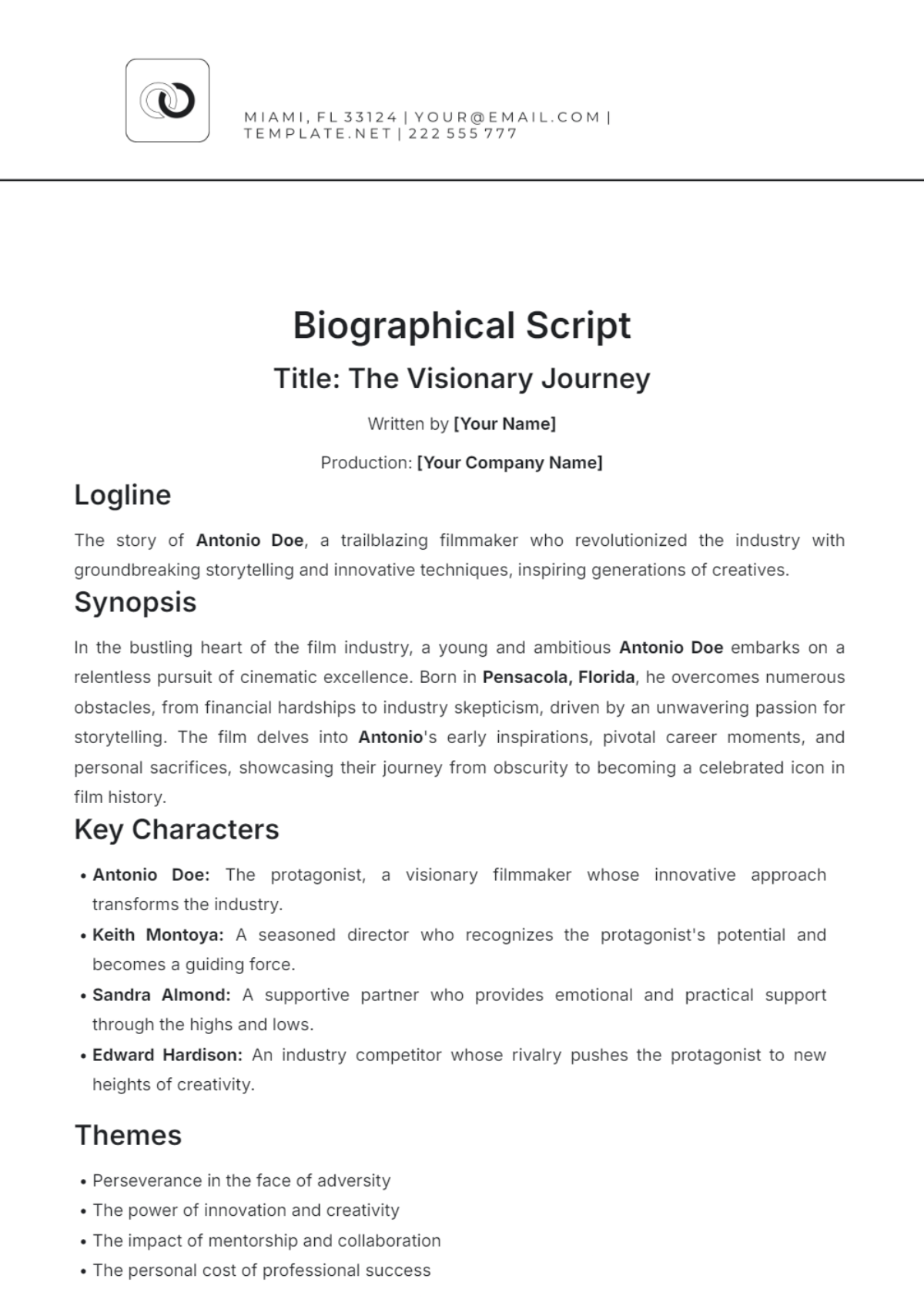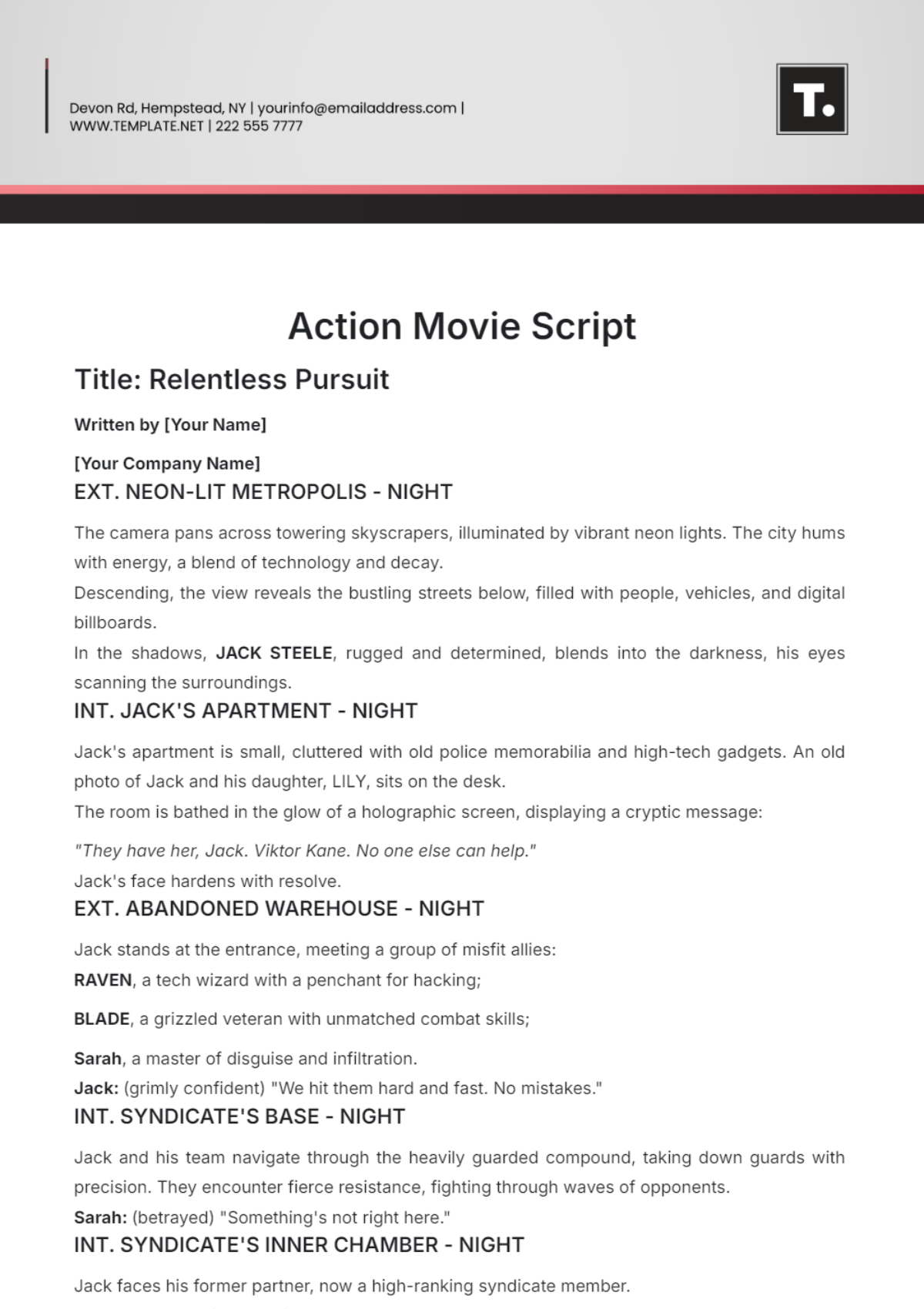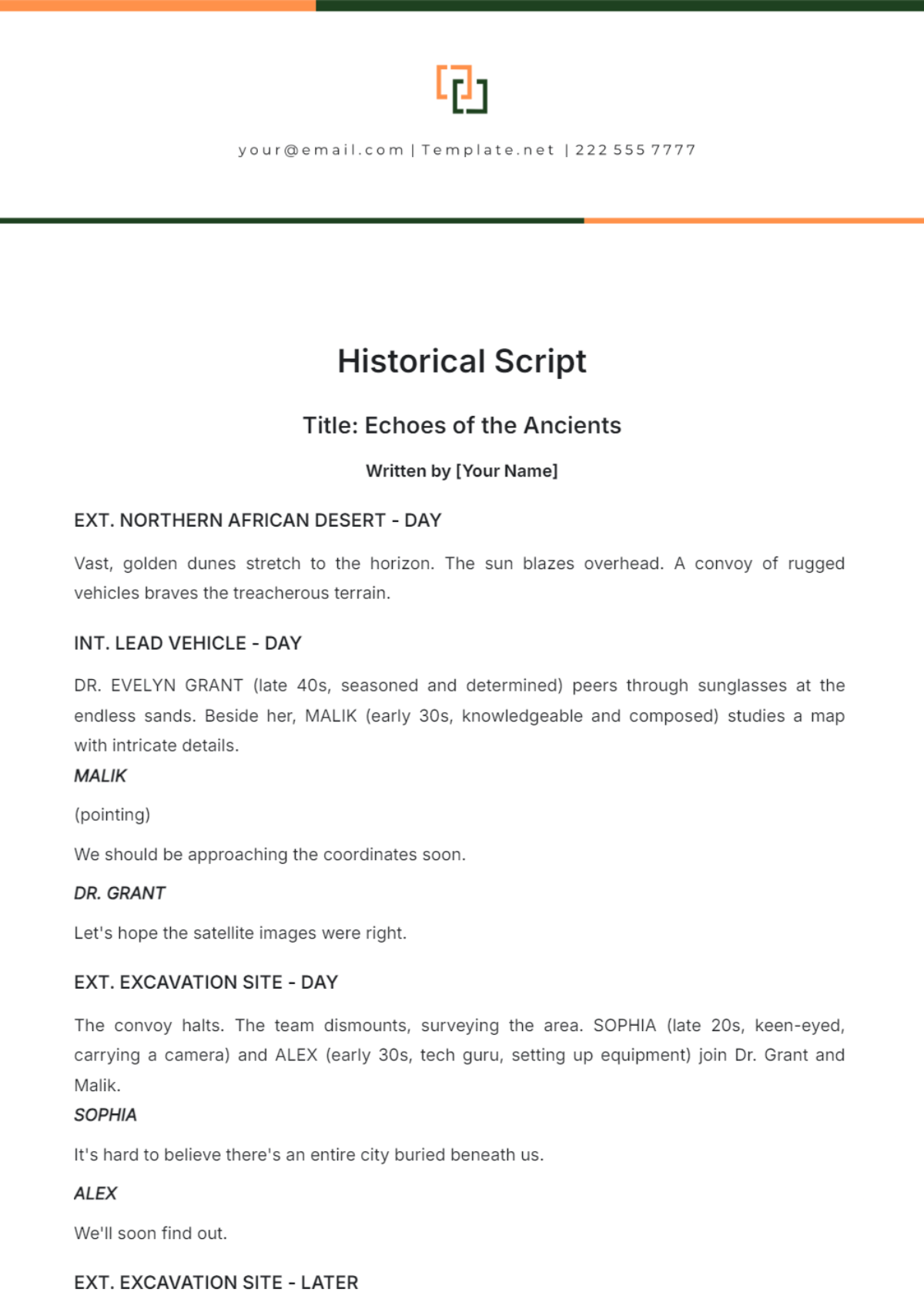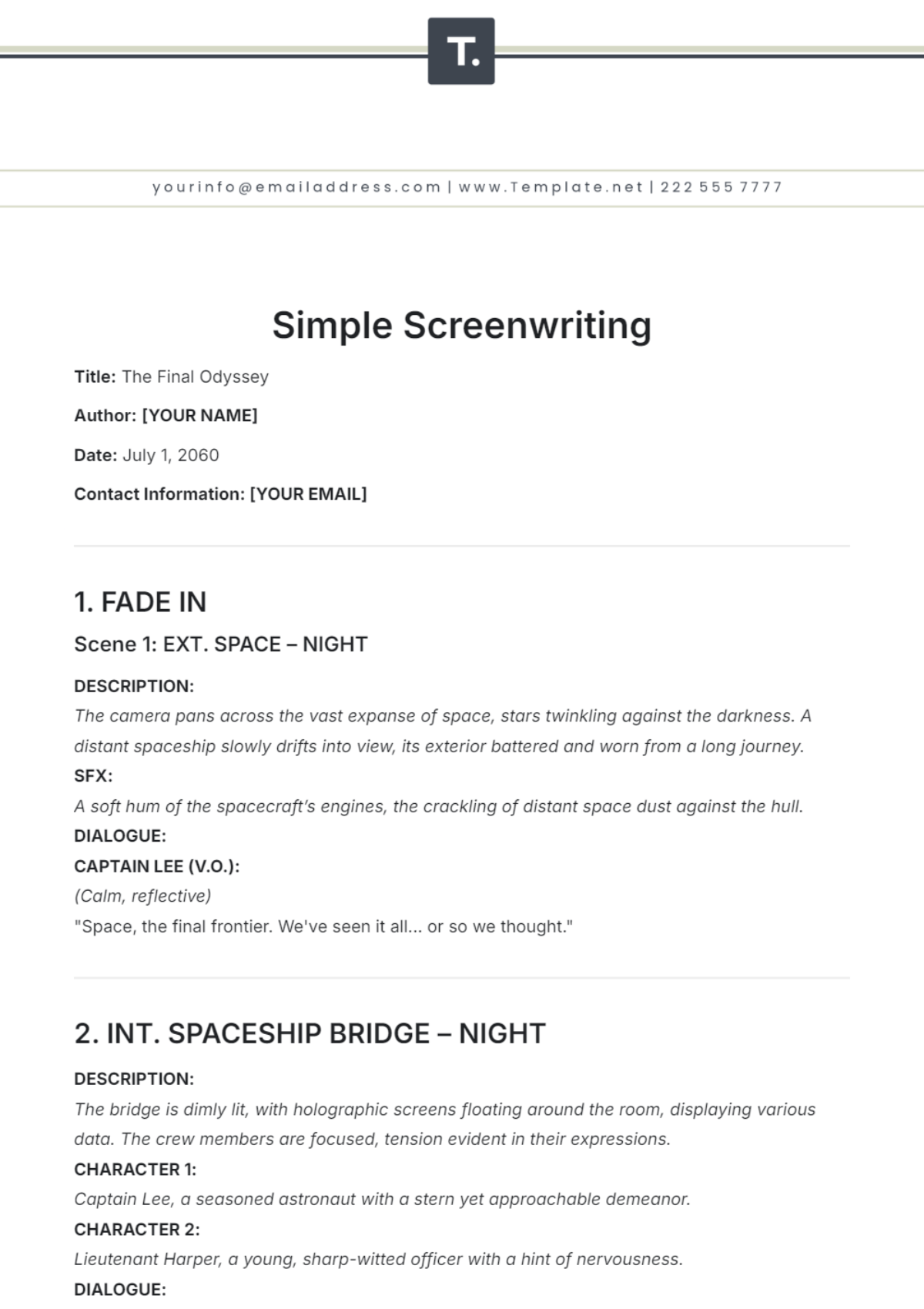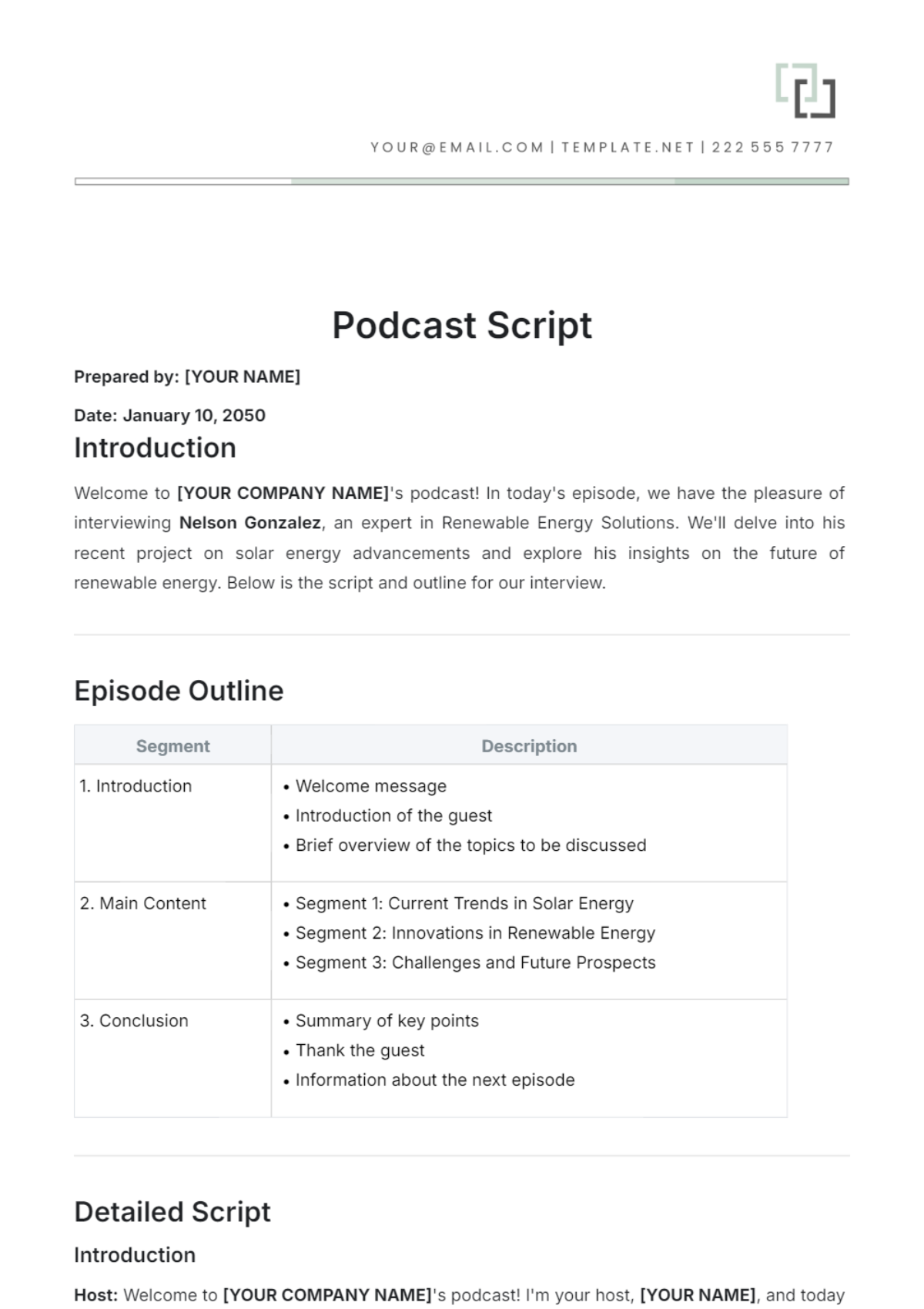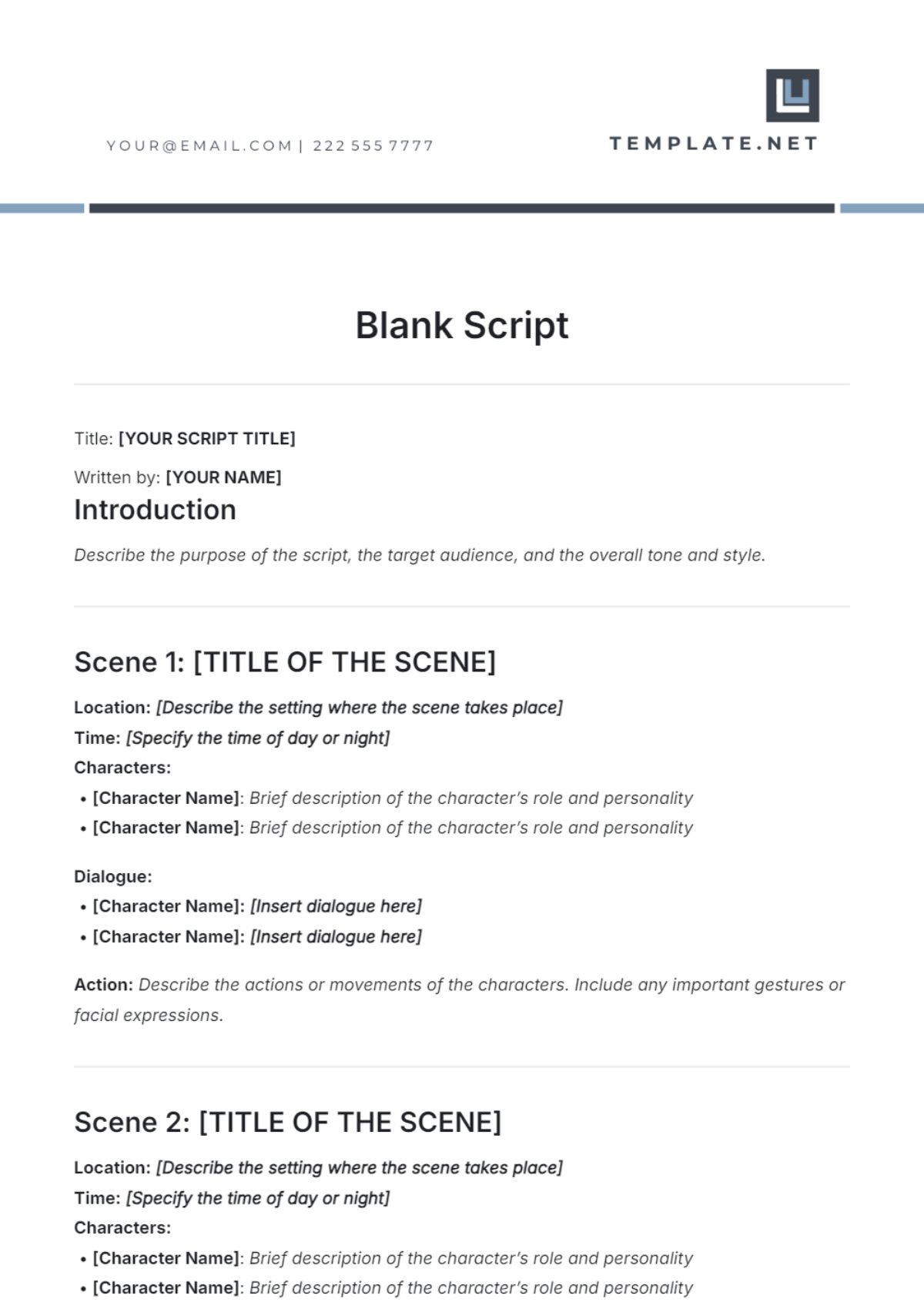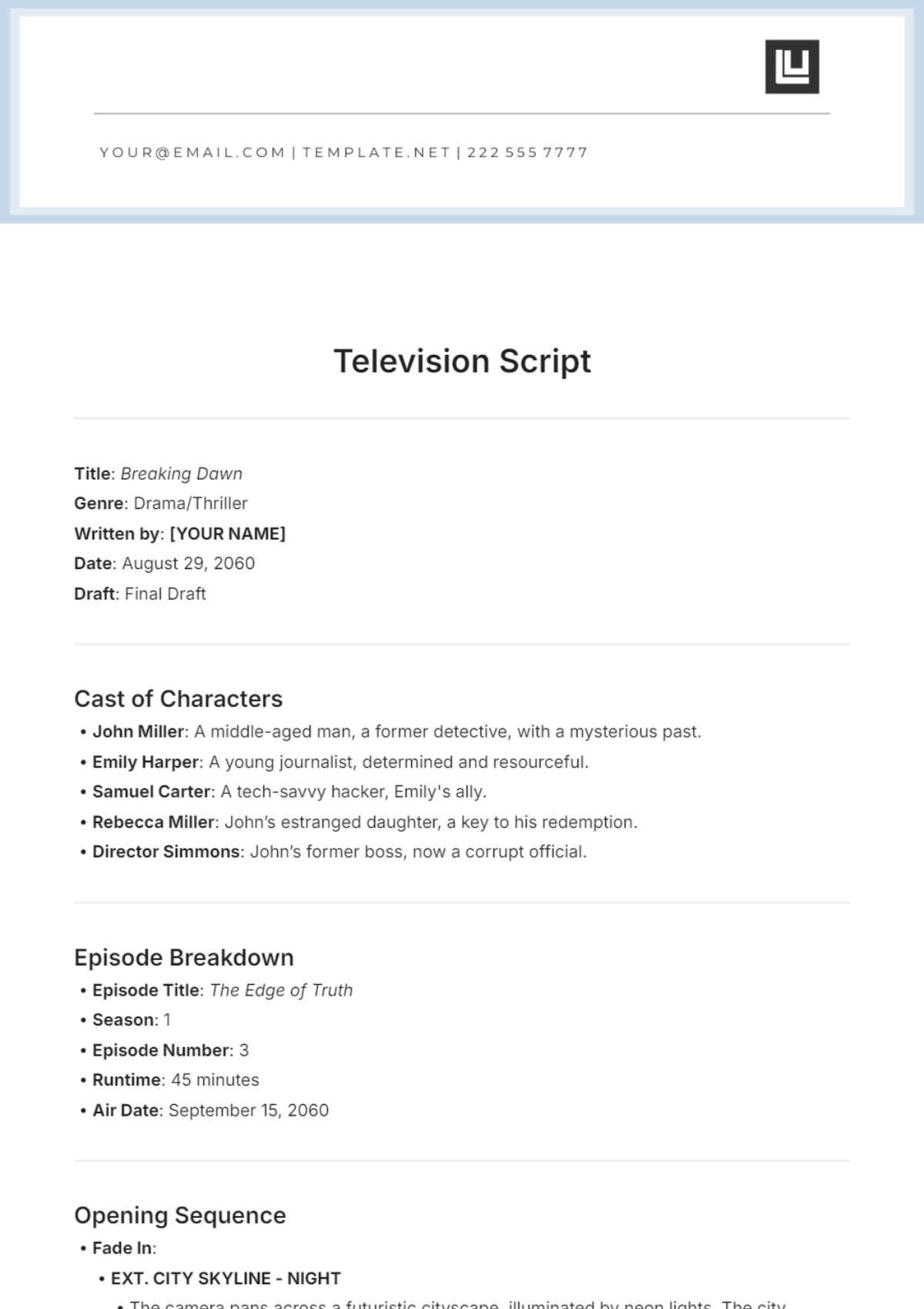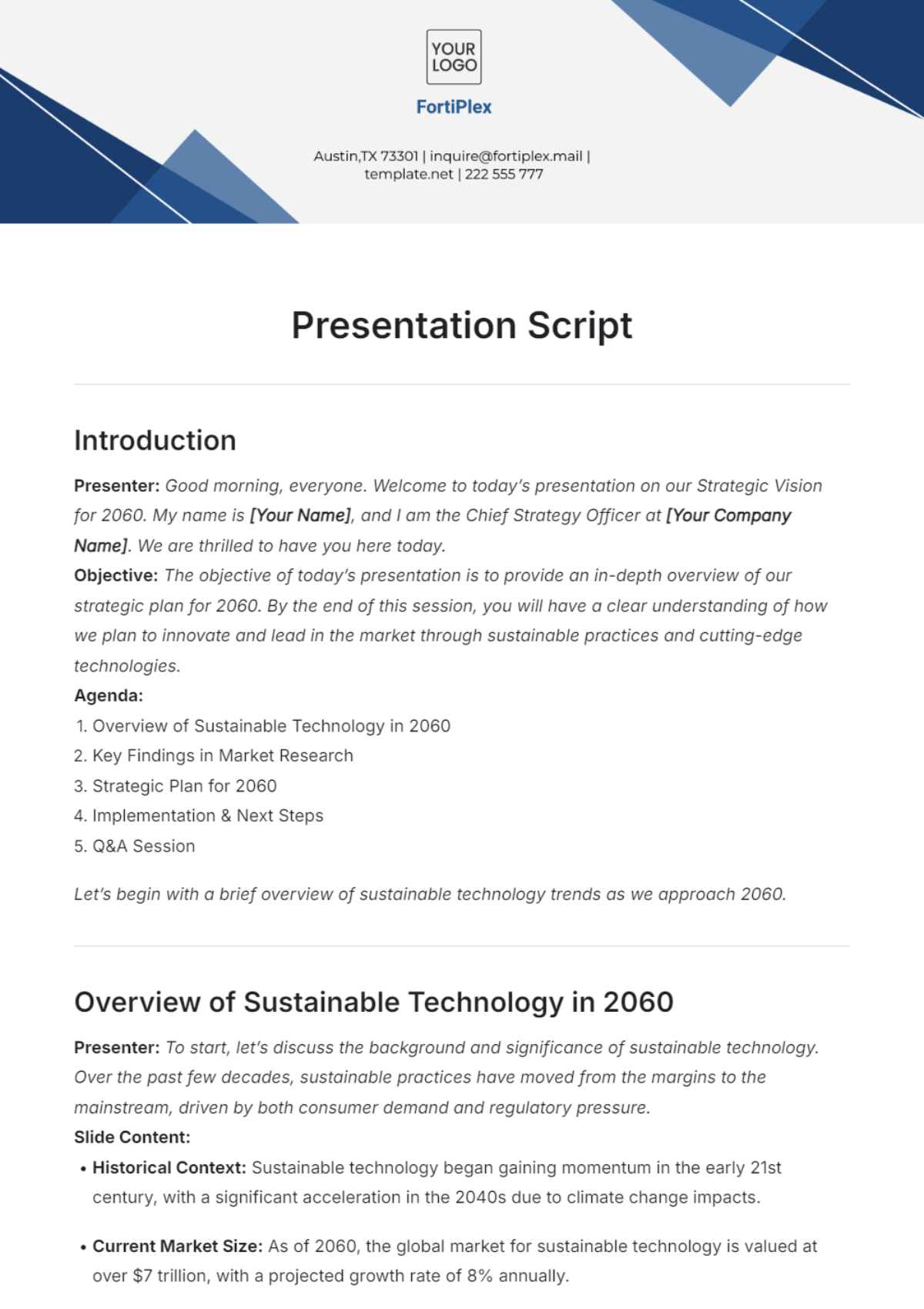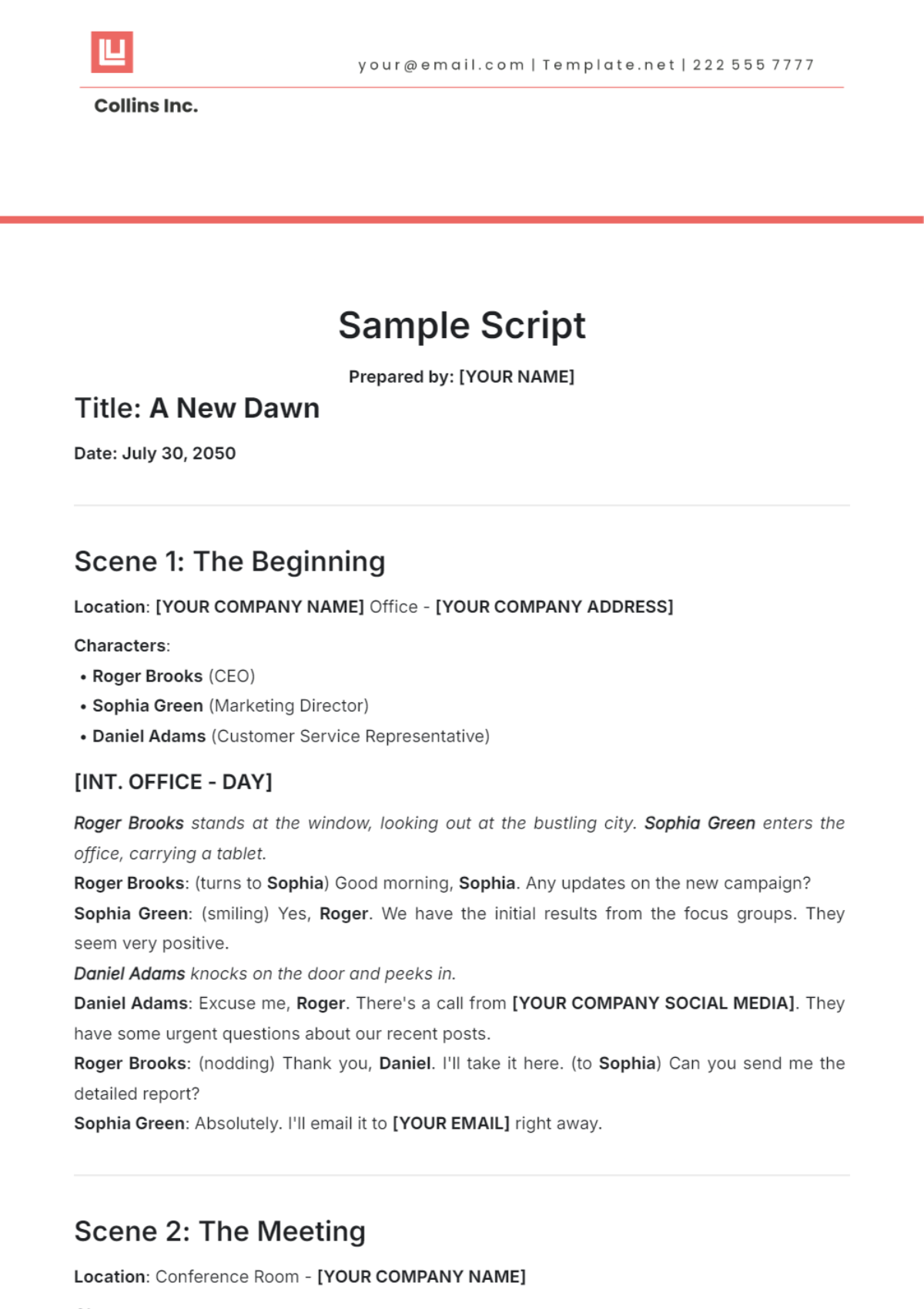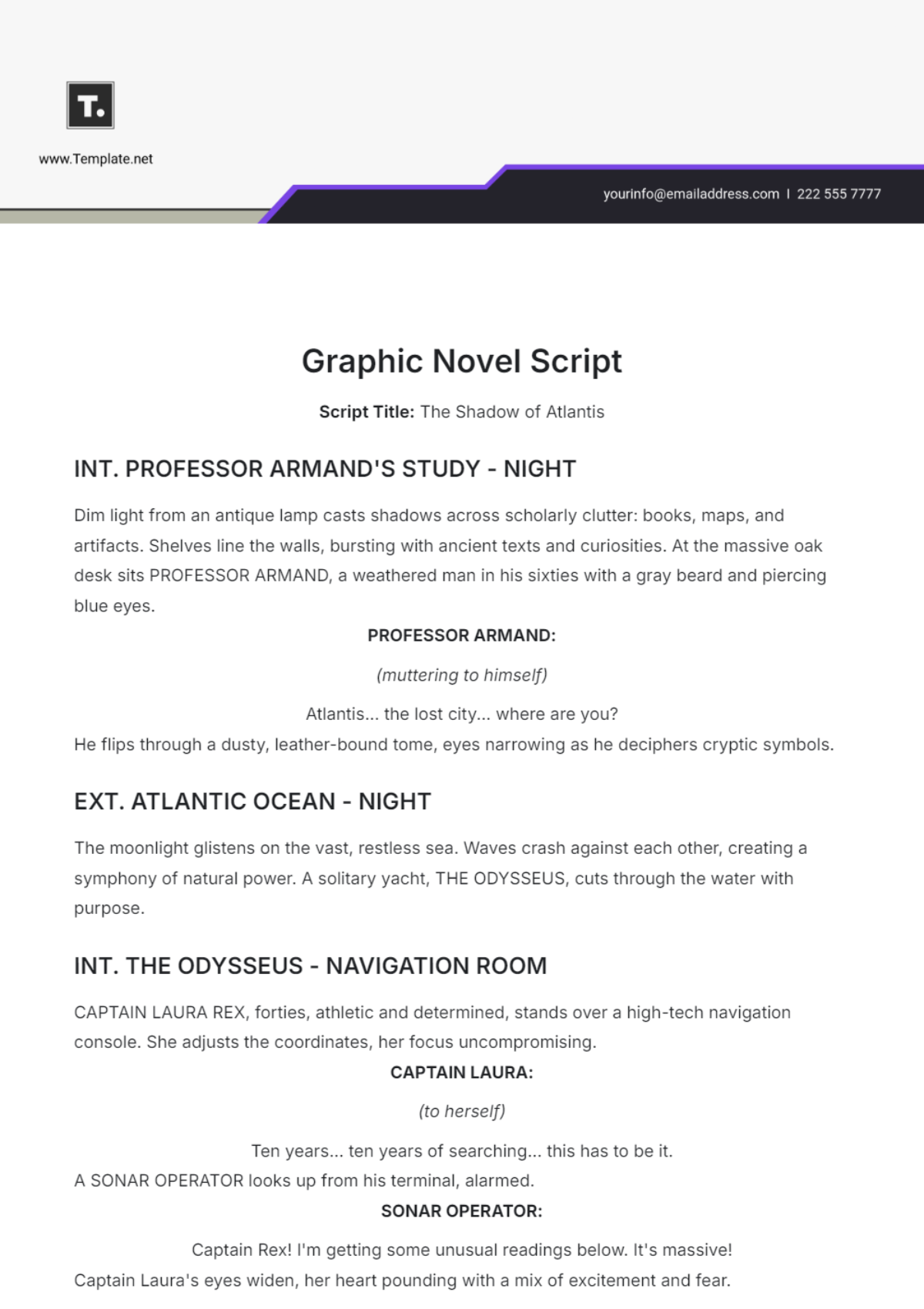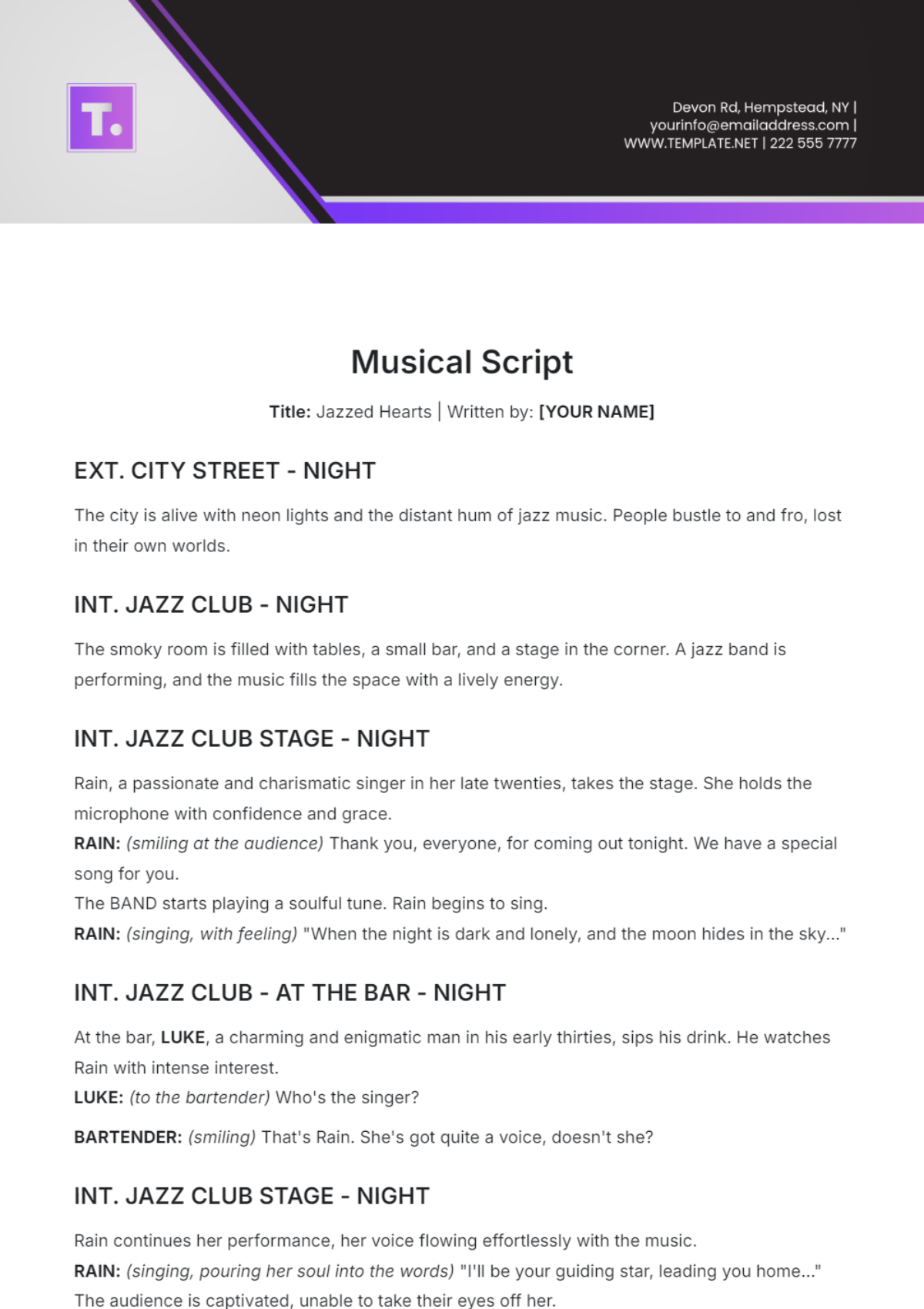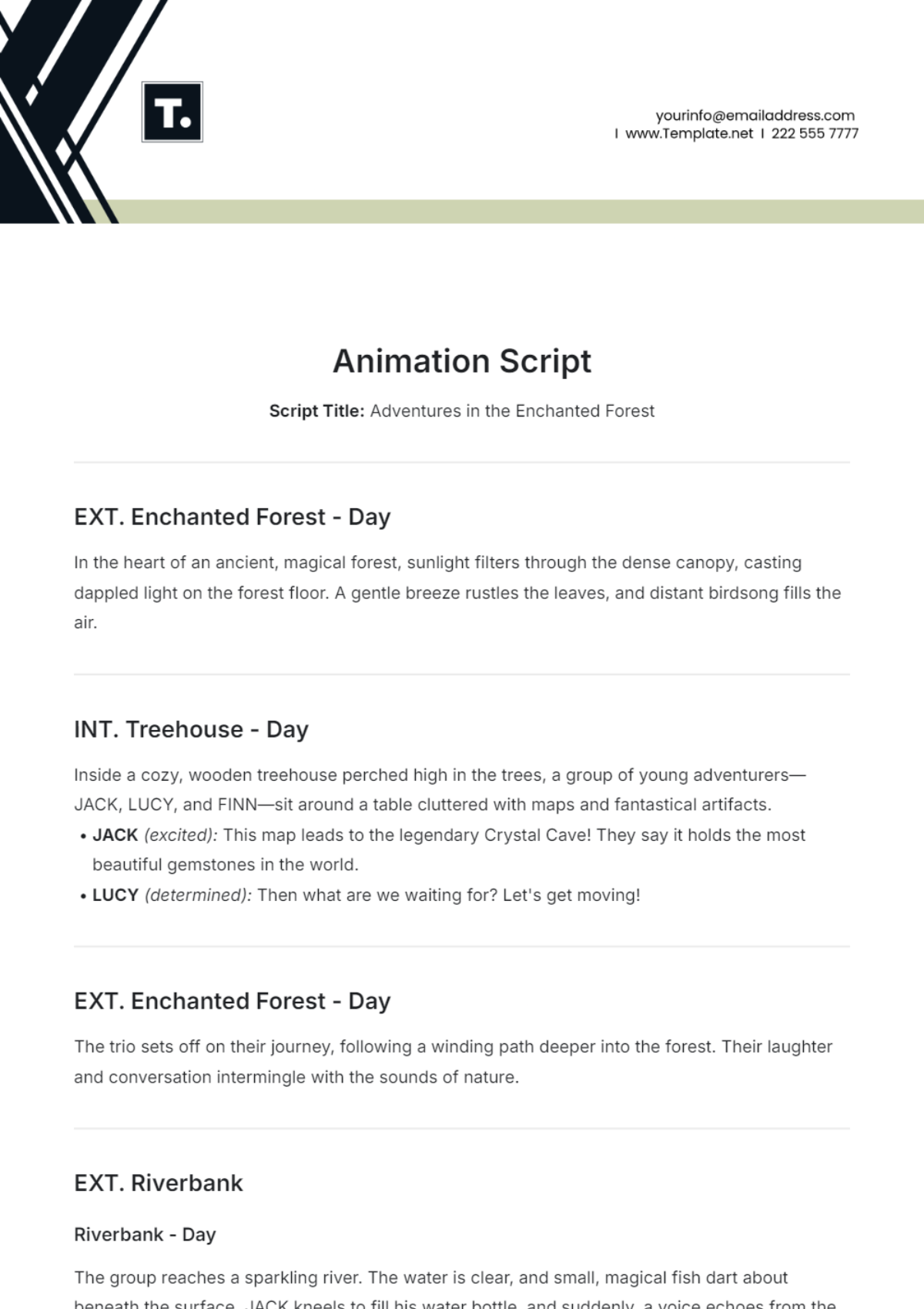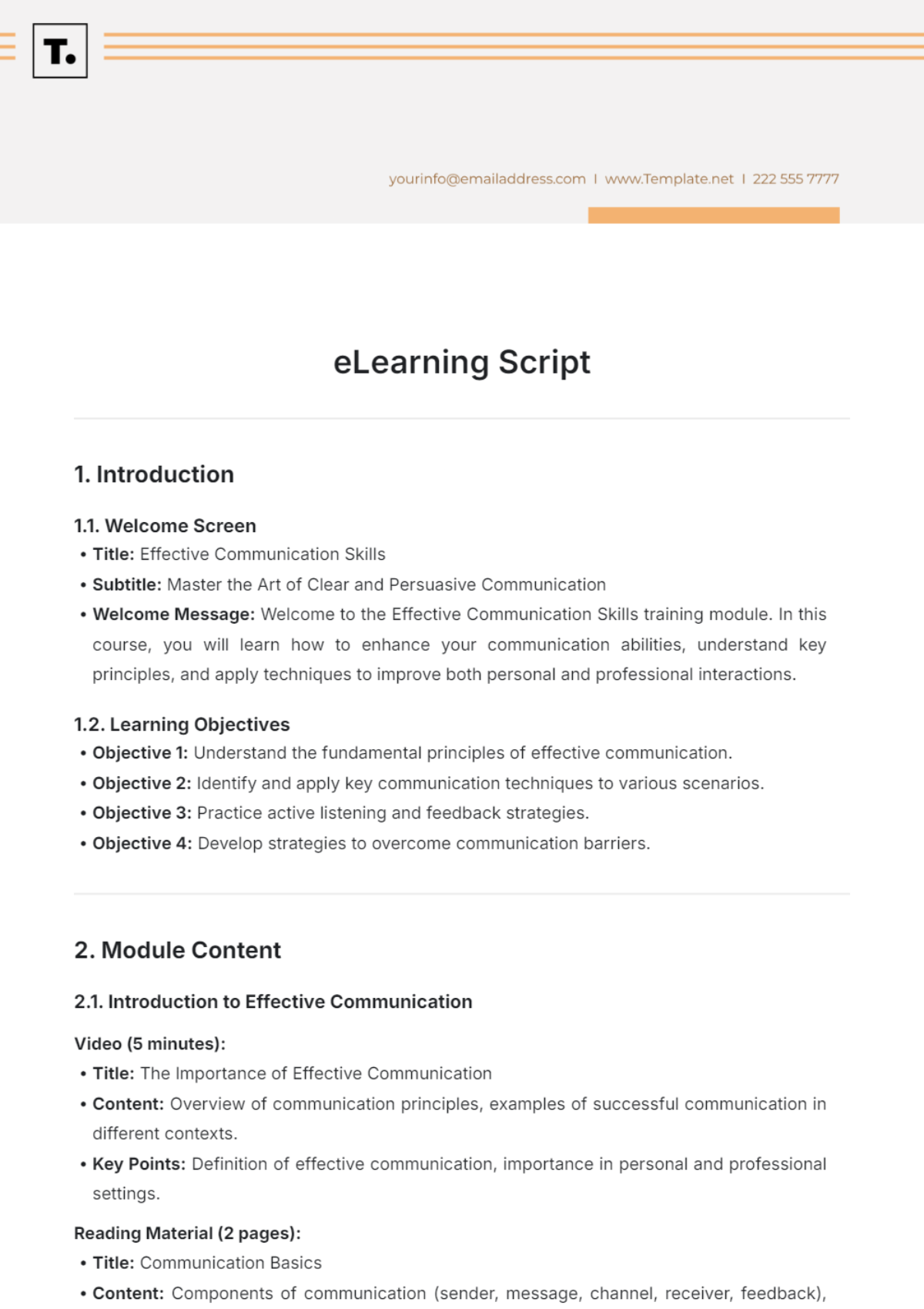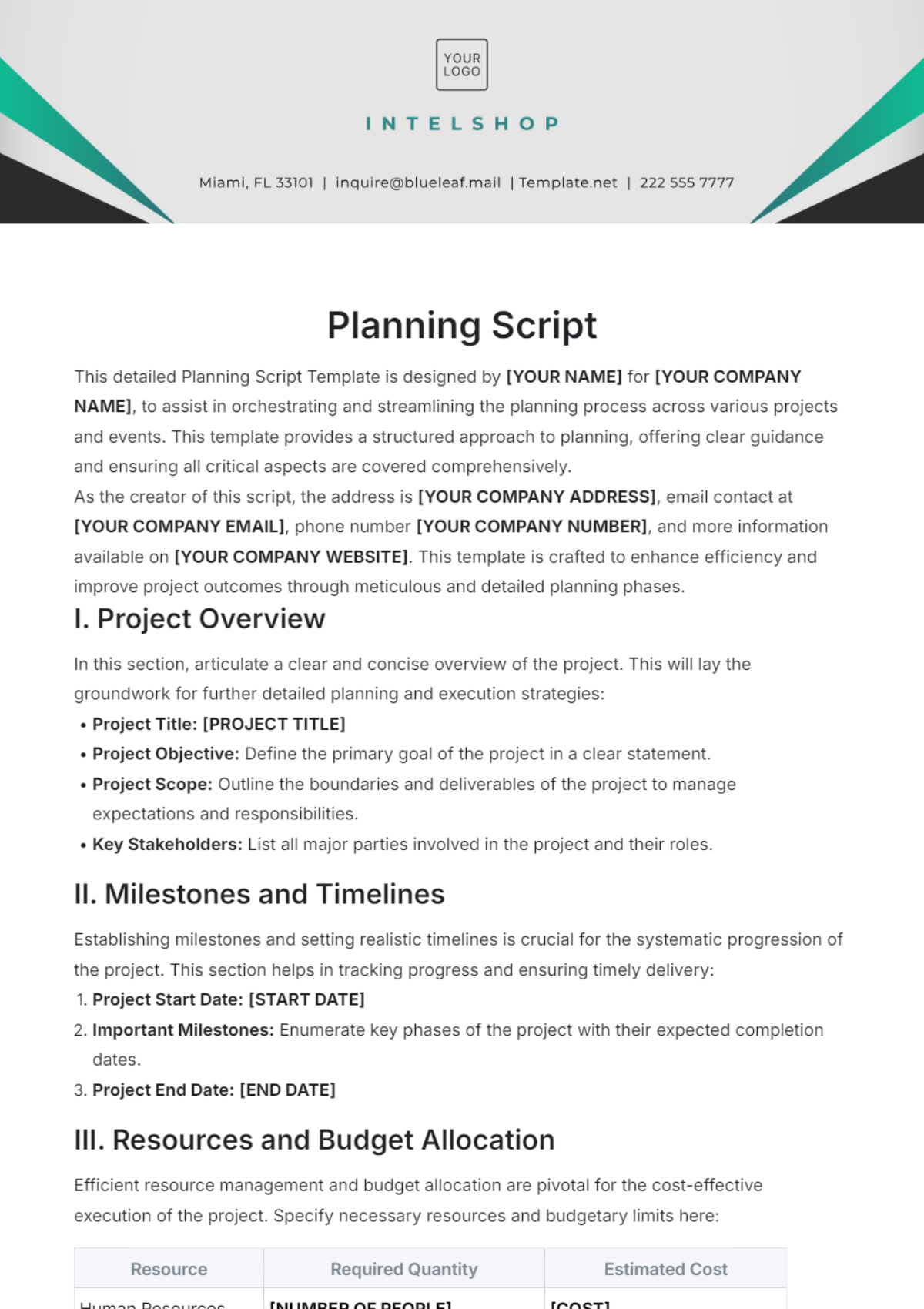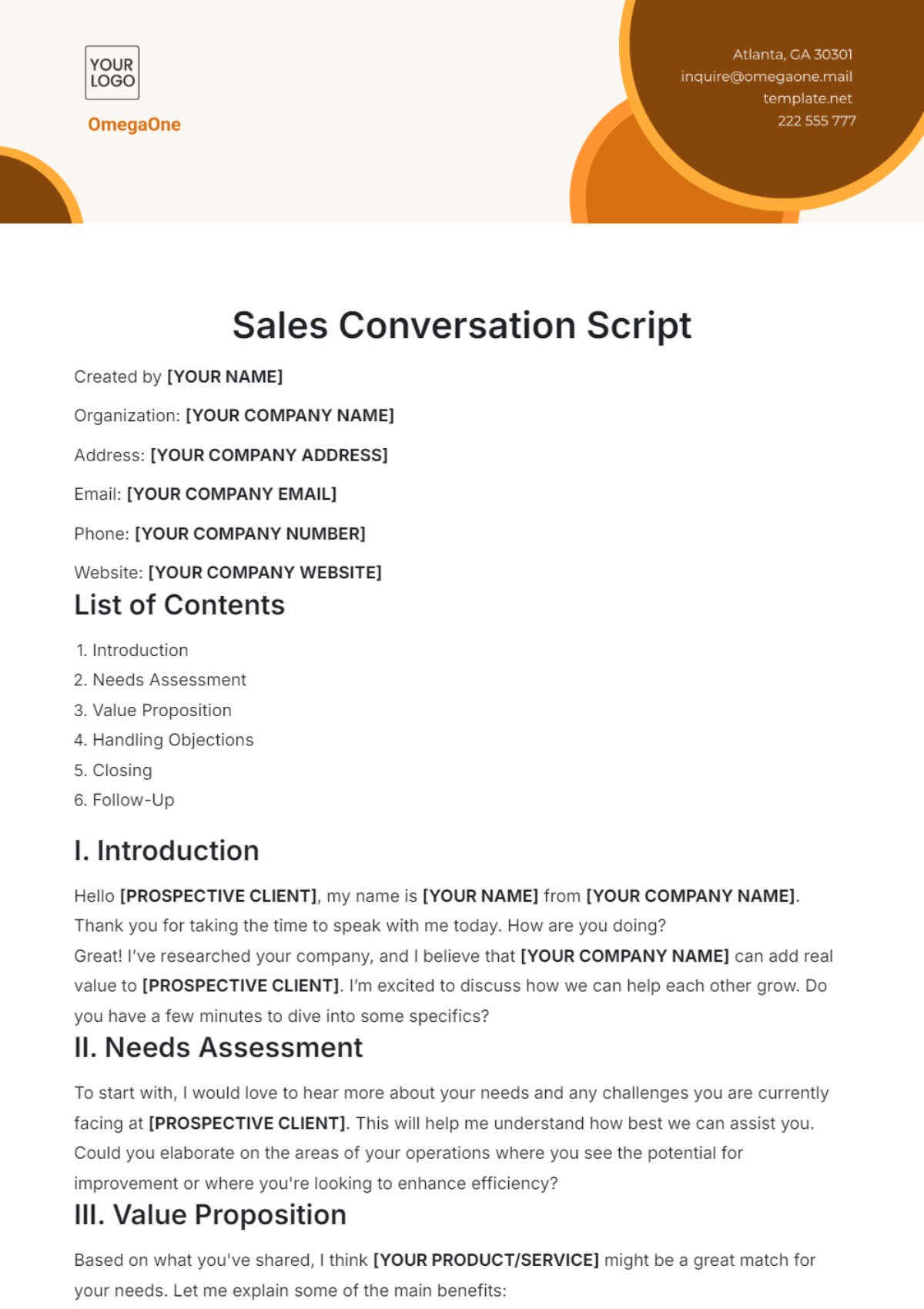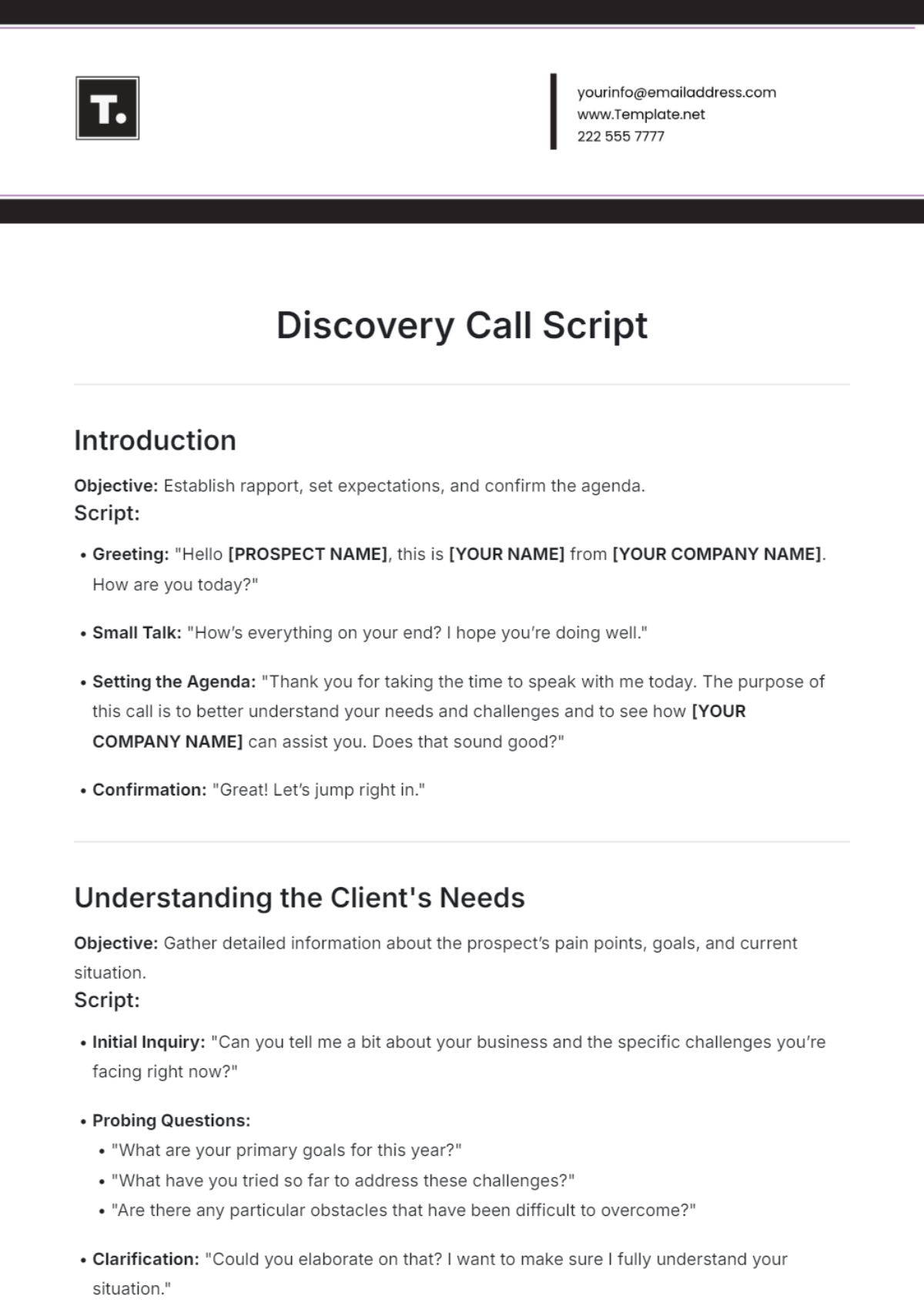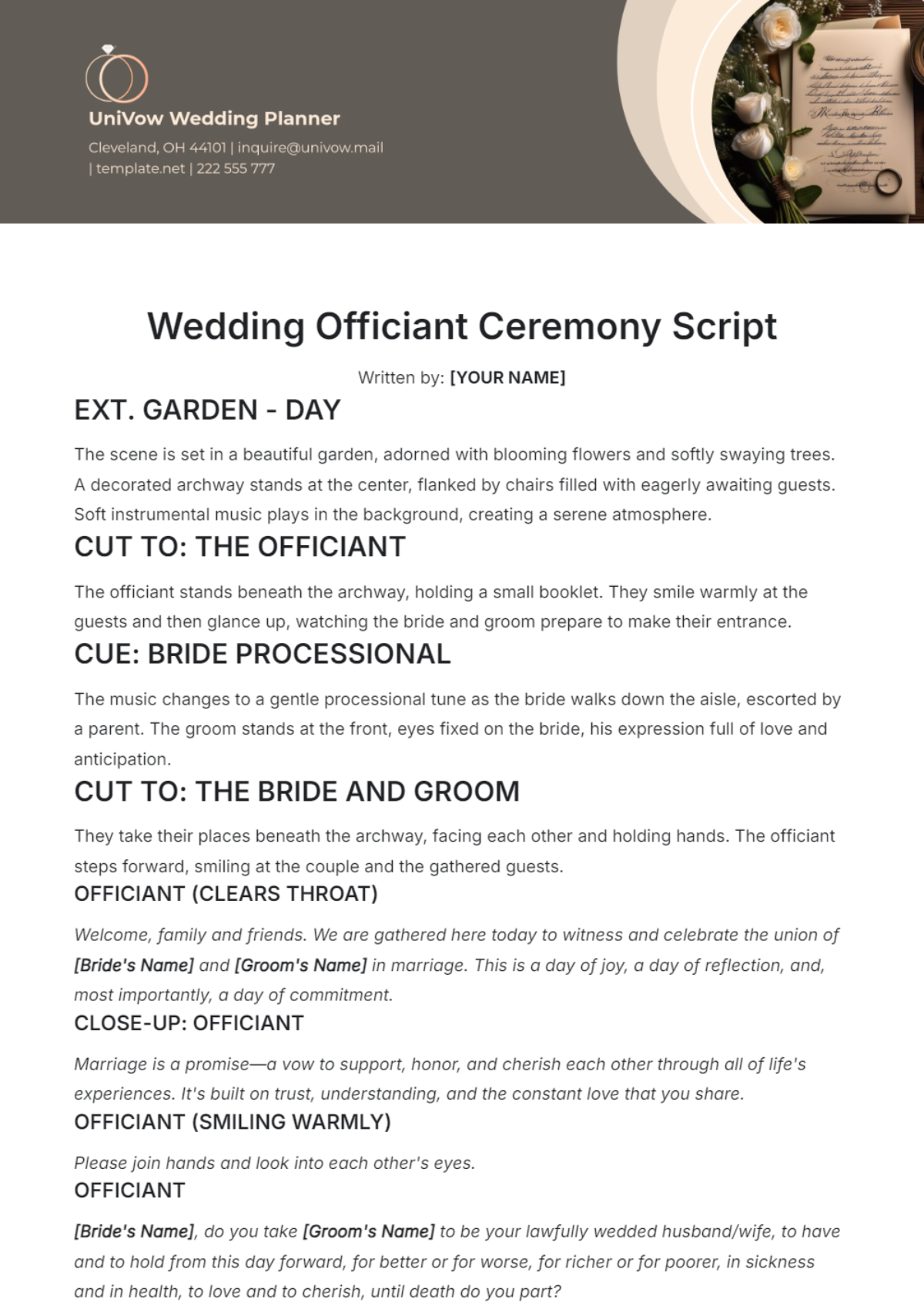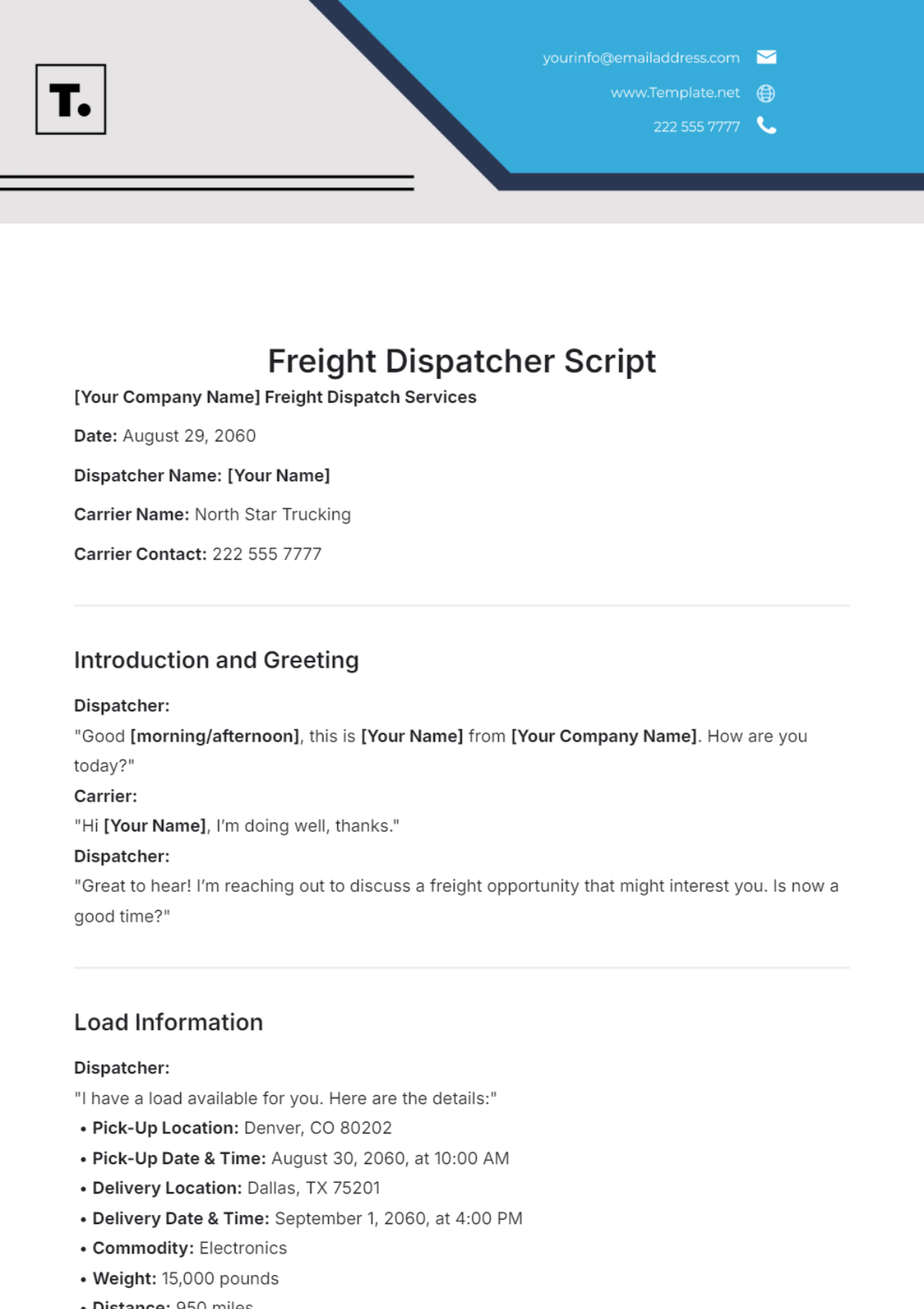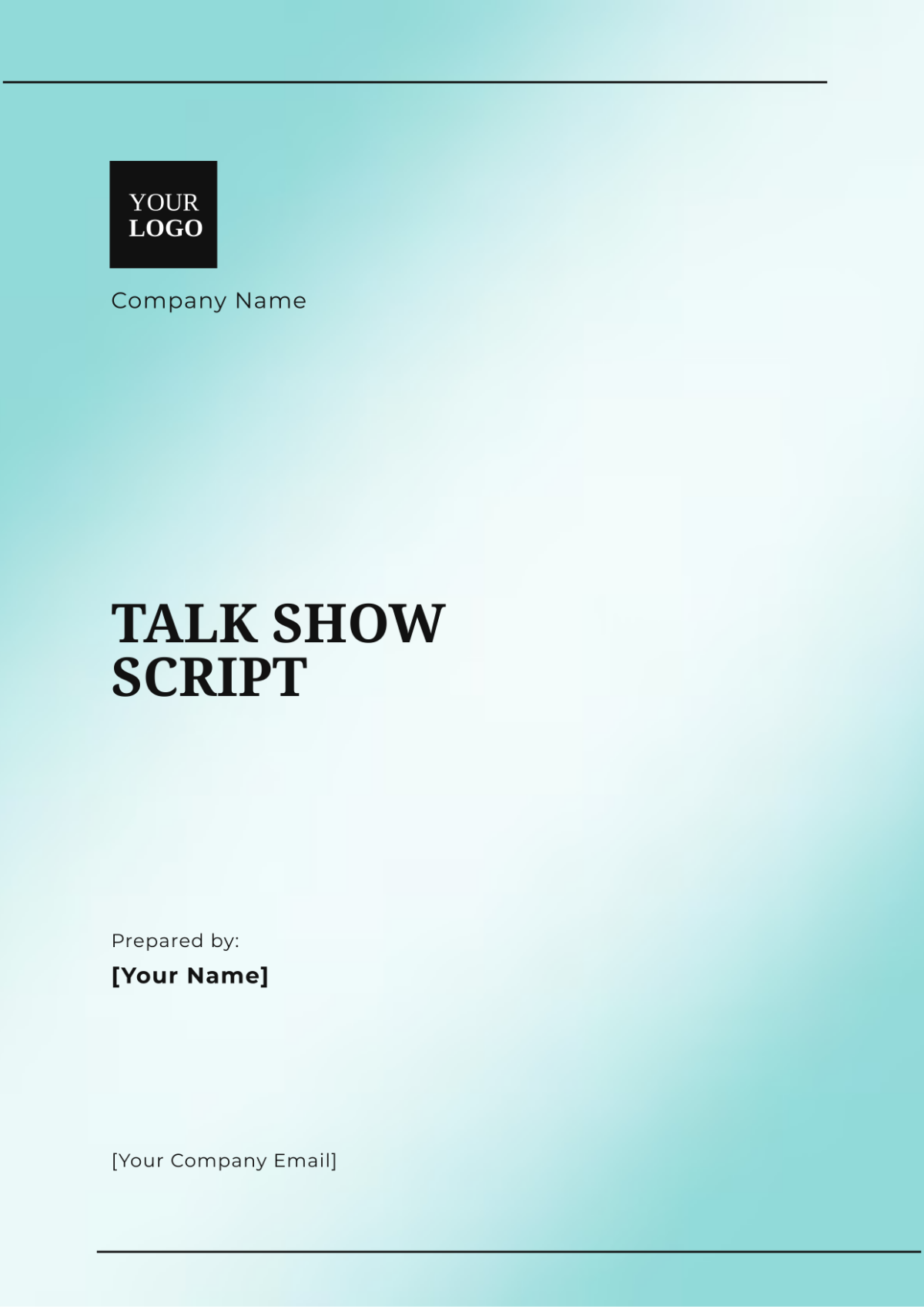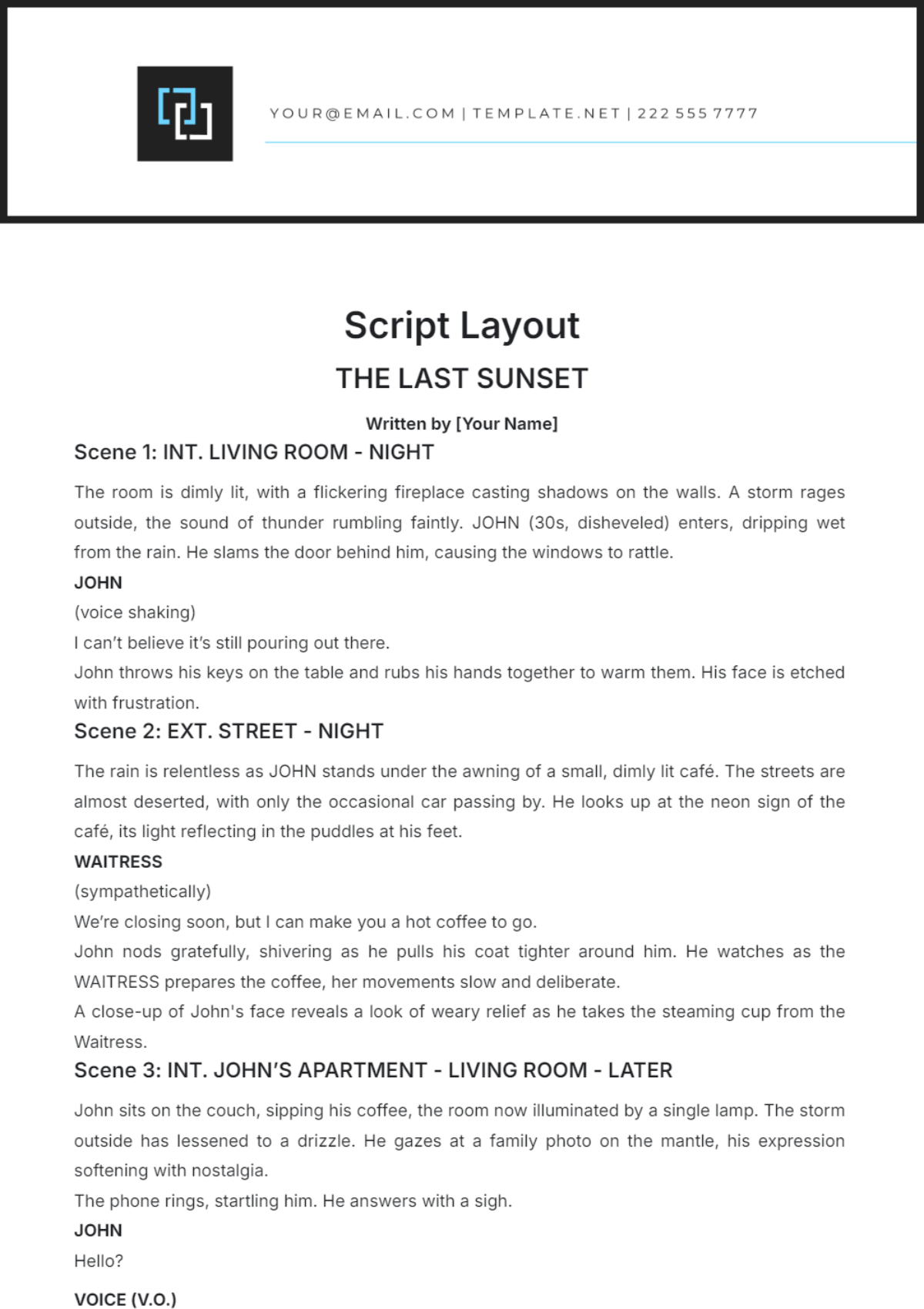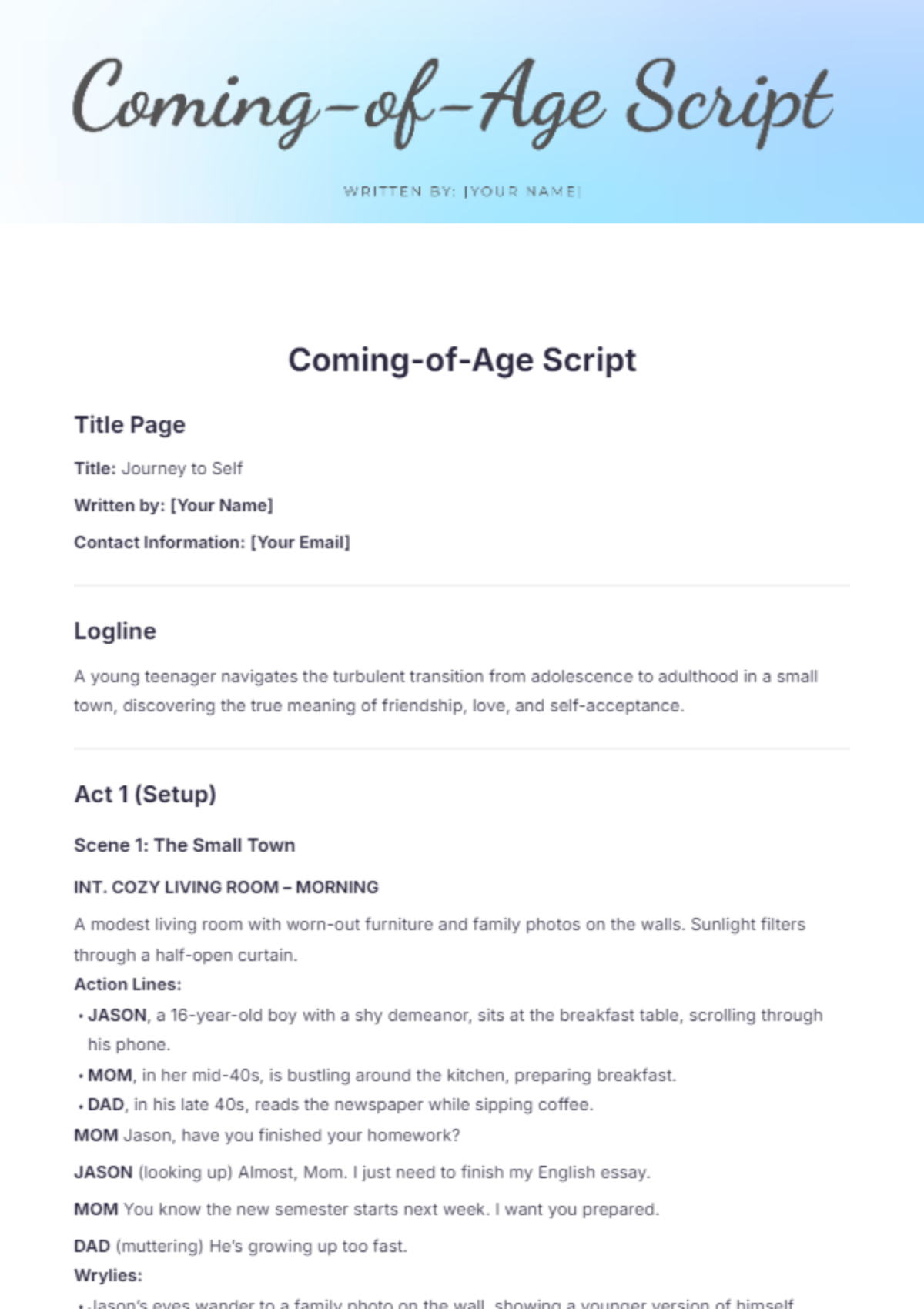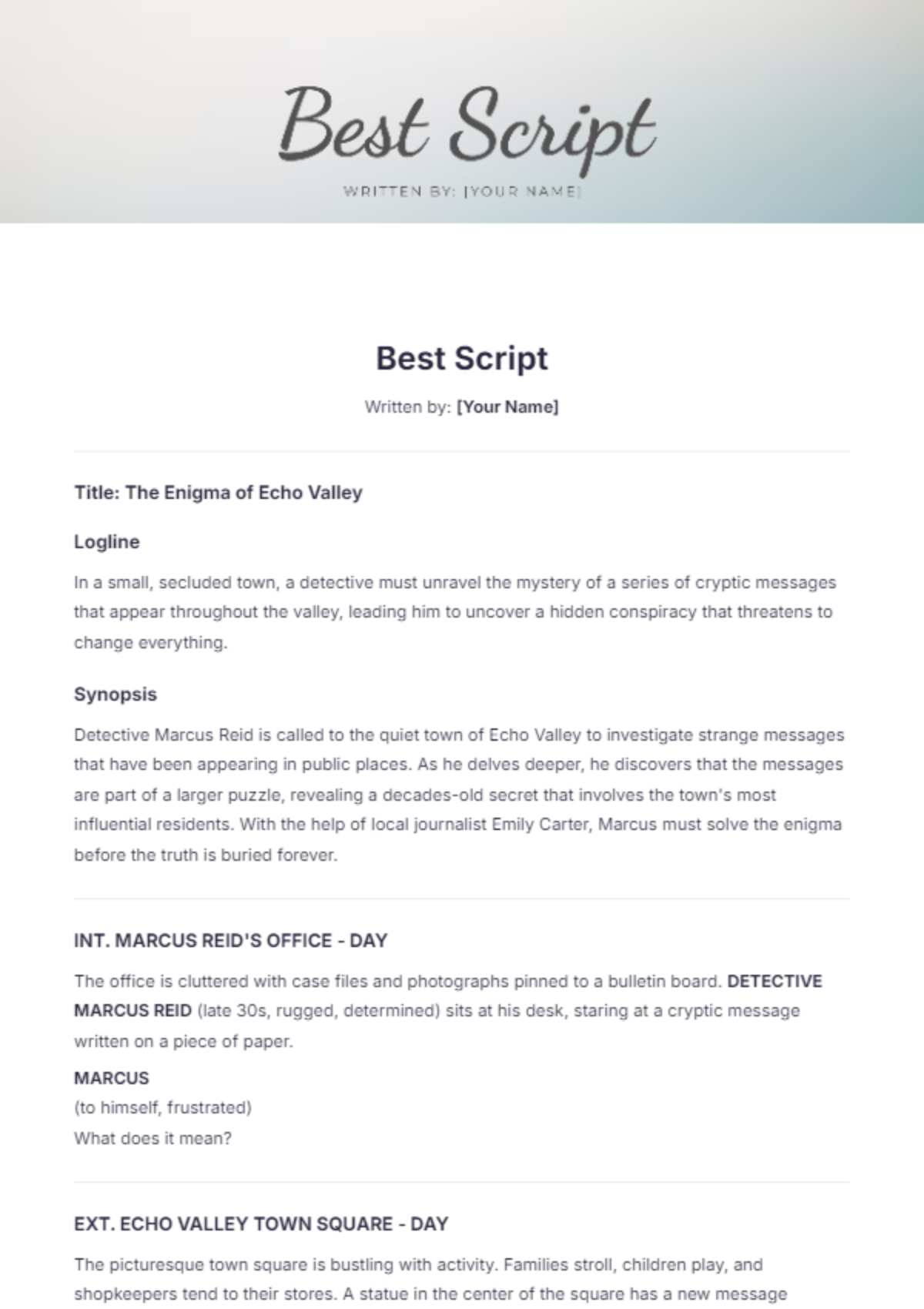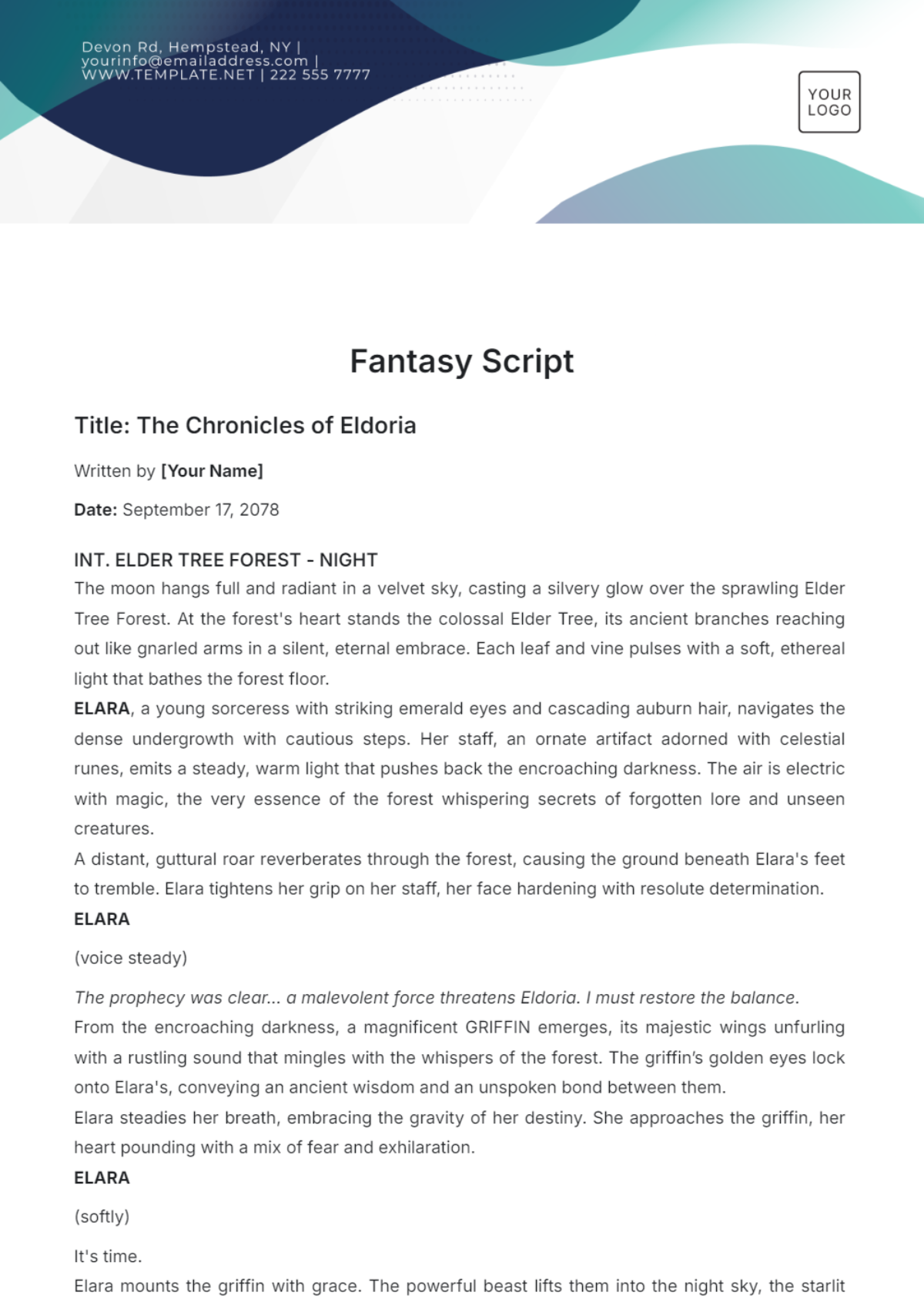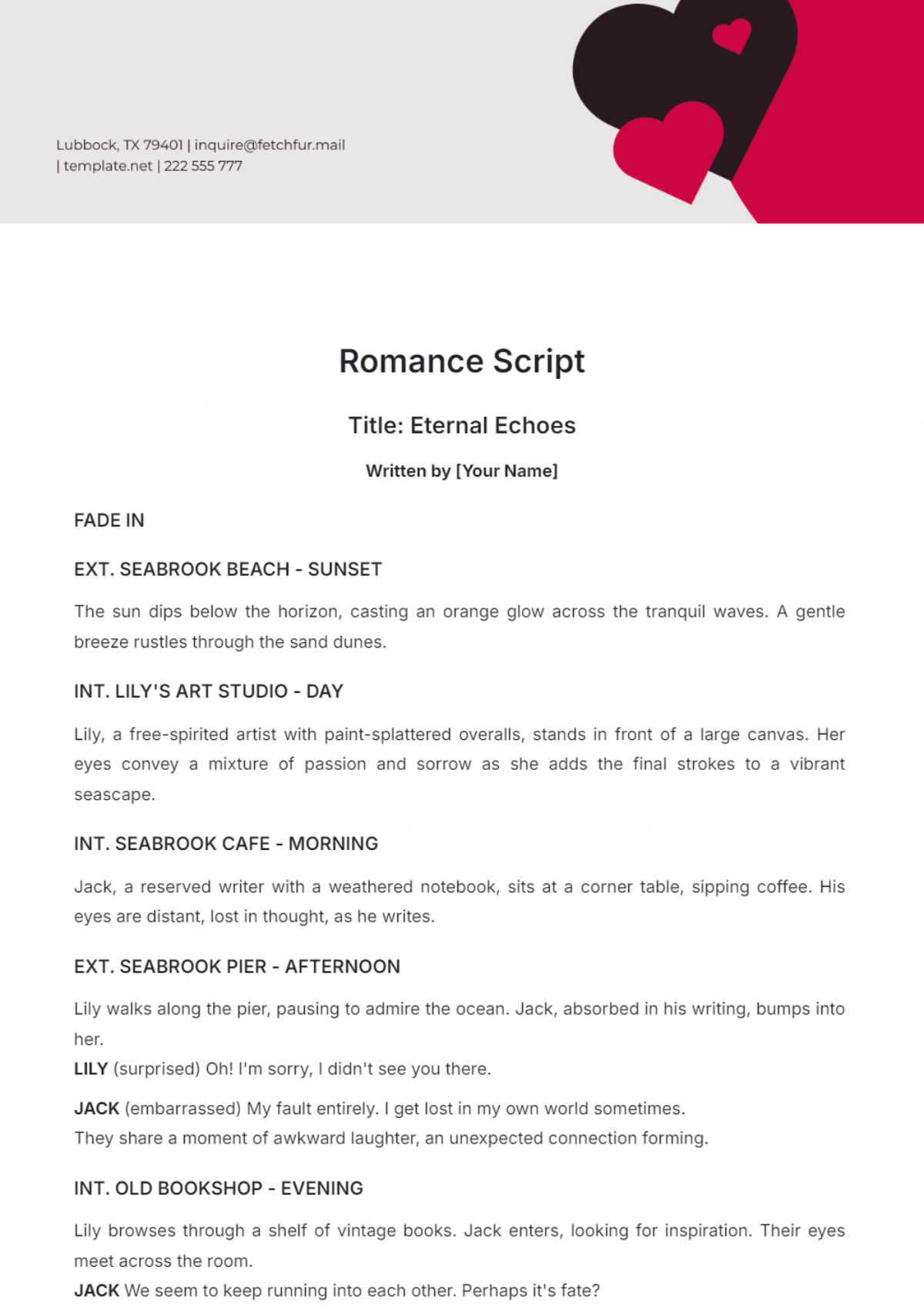Free Horror Movie Script Template
Horror Movie Script
I. Introduction
In this section, [YOUR COMPANY NAME] presents an overview of the importance of Horror Movie Script Templates in film education. Aspiring screenwriters enrolled in film schools and workshops benefit greatly from the structured guidance provided by these templates. By understanding the conventions and techniques specific to writing horror scripts, students can develop their storytelling skills and create compelling narratives that captivate audiences.
II. Understanding the Horror Genre
In order to effectively write a horror screenplay, it is essential for students to grasp the fundamental characteristics of the horror genre. [YOUR NAME] outlines the key elements that define horror films, including the use of suspense, tension, and fear to evoke emotional responses from viewers. Additionally, students will learn about the various subgenres within horror, such as supernatural horror, psychological horror, and slasher films, and how each presents unique opportunities for storytelling.
III. Structure of a Horror Movie Script
In this section, [YOUR NAME] breaks down the structural components of a horror movie script. Students will learn about the three-act structure commonly employed in screenwriting, as well as the importance of pacing, foreshadowing, and plot twists in keeping audiences engaged. By examining examples from iconic horror films, such as The Shining and Psycho, students will gain insight into how these structural elements are utilized to create suspenseful and memorable storytelling experiences.
IV. Developing Compelling Characters
One of the hallmarks of a successful horror film is its ability to create memorable and relatable characters that audiences can invest in emotionally. [YOUR NAME] provides guidance on character development, emphasizing the importance of creating protagonists with clear goals and motivations, as well as compelling antagonists that pose a genuine threat. Through exercises and case studies, students will learn how to craft characters that drive the narrative forward and contribute to the overall sense of dread and tension.
V. Crafting Atmospheric Settings
In this section, [YOUR NAME] explores the role of setting and atmosphere in establishing the tone and mood of a horror film. Students will learn how to create immersive and evocative settings that enhance the sense of unease and foreboding, whether it be a haunted house, isolated cabin in the woods, or abandoned asylum. By studying the techniques used by masterful filmmakers to evoke fear through visual and auditory cues, students will gain the skills necessary to transport audiences into the terrifying worlds of their own creation.
VI. Building Suspense and Tension
Suspense and tension are essential elements of any effective horror film, keeping audiences on the edge of their seats and dreading what might happen next. [YOUR NAME] delves into the various techniques used to build suspense, from strategic pacing and strategic use of sound design to the manipulation of audience expectations. Through analysis of scenes from classic and contemporary horror films, students will learn how to effectively ratchet up the tension and create moments of genuine terror.
VII. Conclusion
In conclusion, [YOUR COMPANY NAME] emphasizes the importance of Horror Movie Script Templates as invaluable tools for film education. By providing aspiring screenwriters with a structured framework for understanding the conventions and techniques specific to writing horror scripts, these templates empower students to develop their storytelling skills and unleash their creative potential. With the knowledge gained from this comprehensive script template, students will be well-equipped to craft their own chilling tales of horror that leave audiences trembling in fear.

